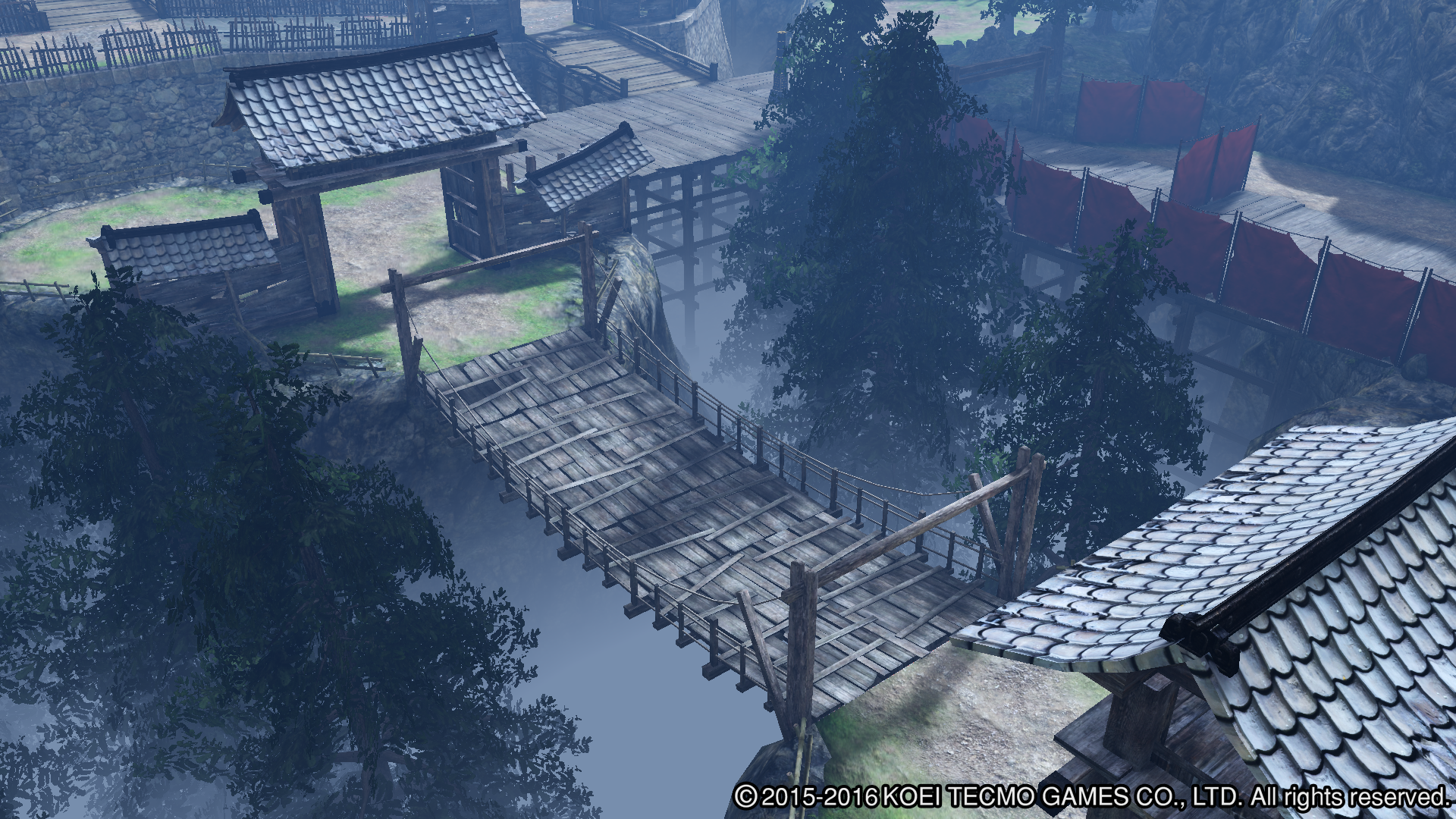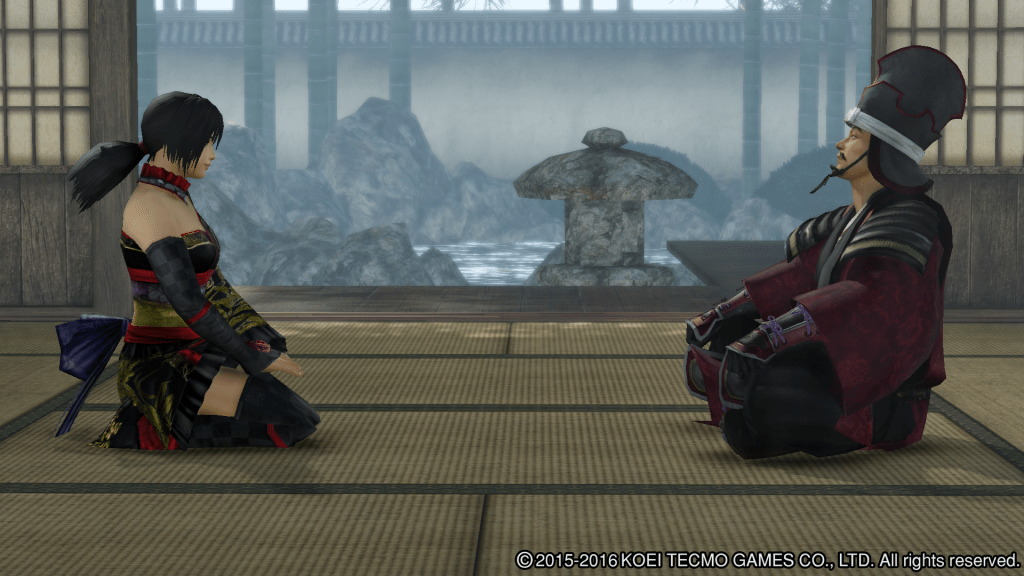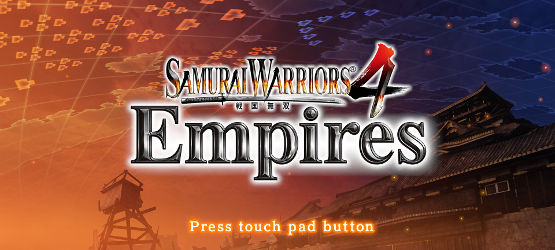
Samurai Warriors is a video game series that has been around the block. We’ve seen many releases of the franchise since its debut in 2004, though its numbered releases are half that of the much older Dynasty Warriors. At any rate, Samurai Warriors 4 Empires has now arrived stateside. We’ve spent a good deal of time strategizing, and have our synopsis of the game ready for your consideration. Does it bring anything new and noteworthy to the table?
A Little More
The Warriors franchise is notorious for performing incremental upgrades to their games, and who can blame them? The series apparently sells consistently enough to warrant sequels, and the games that release today have been refined from all the constant iterating. In short, numerous releases appear to only help the franchise, even if they do tend to be a bit samey. Thankfully, some new strategy elements help to break up this feeling of sequel-itis that most Warriors games tend to suffer from.
If you’ve played any Warriors game in the past, then you can jump right in to Empires. As usual, little has changed when it comes to combat. Run around, defeat thousands of enemies, stay alive, and complete objectives, and you will succeed. As with other Empires entries, it’s what you’ve done up until the point of battle that matters more than the combat itself. If you’re attacking or defending with a larger force than the enemy, then you’ll find the battle an easy win. On the contrary, if you have significantly fewer troops, then expect to be fighting against the odds. It’s quite rewarding to stock up supplies and soldiers for a few seasons, patiently biding your time as you wait for the perfect moment to strike. On the other hand, being caught with your guard down, and defending a woefully under-protected castle with scant resources and even fewer officers is a painful lesson that you don’t try to repeat. At the start of each campaign, you choose which clan you wish to align yourself with, and can see what their ambition is, such as uniting Kanto, destroying a rival clan, or something else. Once you achieve this ambition, you can opt to quit the campaign, or continue in a quest to unite all of Japan. Either way, a new campaign is unlocked.
While there are only a handful of campaigns, with multiple clans, each with their own ambitions, there is more content here than two measly options on the title screen would suggest. Yes, you read correctly, there are only two main modes in Empires. There’s the regular campaign, and custom campaigns, where you can place any clan anywhere on the map of Japan, then tweak how the country looks at the start of the campaign, and play your created scenario in the same way as the main campaign. For history buffs, this will no doubt be an interesting way to see how differently feudal Japan could have ended up if one clan rose to power instead of another.

Control the Battle
An area where combat has actually changed is in controlling your troops. You can use unlocked formations to grant troops certain advantages. The Fish formation, for instance, increases troop strength, and coupled with one or more battlefield tactics, equipped prior to beginning the battle, can give your army a significant advantage. While fighting, you can change to control any officer, which is an appreciated feature. Pressing the directional pad will also easily command the officers that you are not currently controlling, to charge, defend, or freely roam. I usually set the other officers to defend, because who wants to babysit the computer?!
Increasing the amount of gold, troops, and other resources as the seasons pass by is one of the key features of non-combat within Empires. You can assign up to two officers to manage three aspects of your clan — military, resources, and development — as well as one Daimyo to provide advice to the player. Certain officers get along very well, and can help to increase their assistance levels, while others do not get along and will not help out as much. Each season, you are also presented with numerous proposals from your officers, which unlock new formations for your troops, or hire new officers, in exchange for gold, or fame, or some other attribute of your clan. There’s a balancing act that must be performed, because you are rarely able to accept all proposals as the number you can accept in a single season is usually limited.
Graphically, I could not tell this game apart from the last couple of Warriors entries that have graced the PlayStation 4. This game, and indeed, the series, won’t win any design or presentation awards — graphics are adequate, but not spectacular. The frame rate is consistently high and smooth, even when the on-screen action is frantic and there are upwards of a hundred or more enemies in front of you. In fact, audio is reused from other Samurai Warriors 4 games, especially the soundtrack. I recognized the main menu soundtrack immediately. It’s short and repetitive, but at least changing audio tracks is relatively quick and easy.
Never Forget
You can import previous custom characters from Samurai Warriors 4 and 4-II, and you are rewarded for doing so with special banners that you can display in your clan to receive a boost, such as 25% extra gold collected/generated. Cross-save functionality is also present, which actually helped to save my data when my PS4 was having issues saving to the local hard drive. Split screen is also here as usual, and can result in actual tactics being used rather than simply killing everyone. But joining the game is a little awkward, as you have to know exactly when to jump into the game by pressing the touch pad button before the battle is started, unlike previous Warriors games. Indeed, Empires is light in information, with quick tutorials and an expectation that you will learn in a “trial by fire” method. For example, if you start a battle and realize that you forgot to equip a battle tactic, or too few officers, you are not warned about this oversight, and the battle simply begins without any confirmation prompt. Worse, quitting from battle results in a loss, which does affect your campaign.
One of the stranger aspects to Empires’ campaign mode is a actually a setting. Specifically, you can choose to disallow female officers from appearing at all. There is no option for male characters. Perhaps this is due to the history of Japan, but it is a new and odd feature that I don’t recall seeing in any recent Warriors game. The default option is to allow female officers, which results in a more diverse set of character from which you can choose at the very least. Beyond this, characters also don’t level up as in earlier Samurai Warriors 4 entries – instead of levels, they rank up, and not nearly as many times as before, with fewer personal attribute upgrades available as well.
It’s been several years since the Western countries last saw a Samurai Warriors Empires release. It appears that the core of this entry is solid, with a few new strategic elements thrown in. Samurai Warriors 4 Empires is definitely an entry for hardcore Empires fans — with the same repetitive combat, and even reused graphics and audio assets, this release will not do much to convert anyone who isn’t already heavily invested in the series.
Samurai Warriors 4 Empires review code provided by publisher. For more information on scoring please see our Review Policy here.
-
Fairly deep strategy
-
Rewarding turn-based portions
-
Limited game modes
-
Fewer character progression options
-
Same repetitive combat
Samurai Warriors 4 Empires Review
-
Samurai Warriors 4 Empires Review 06
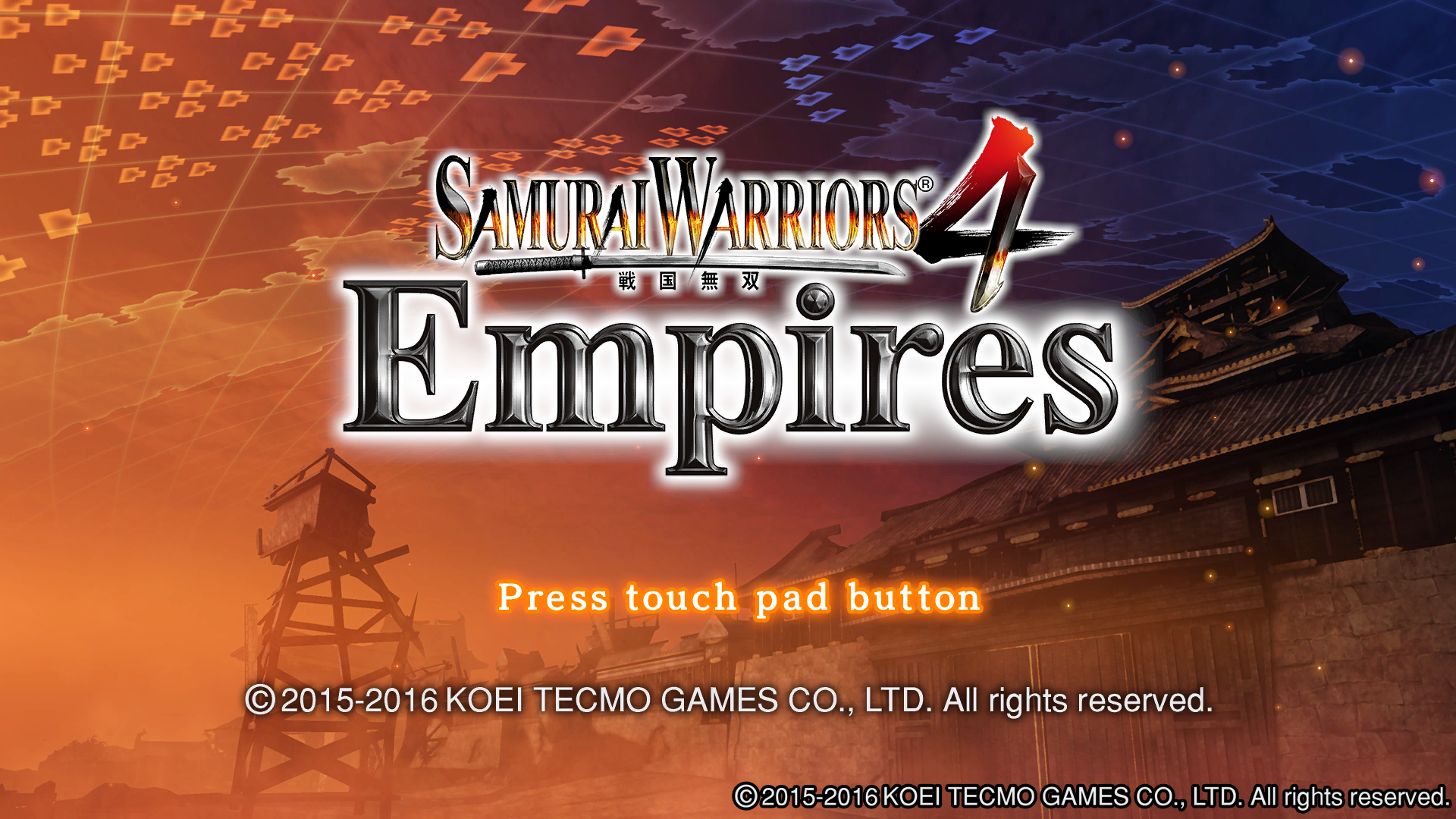
-
Samurai Warriors 4 Empires Review 07
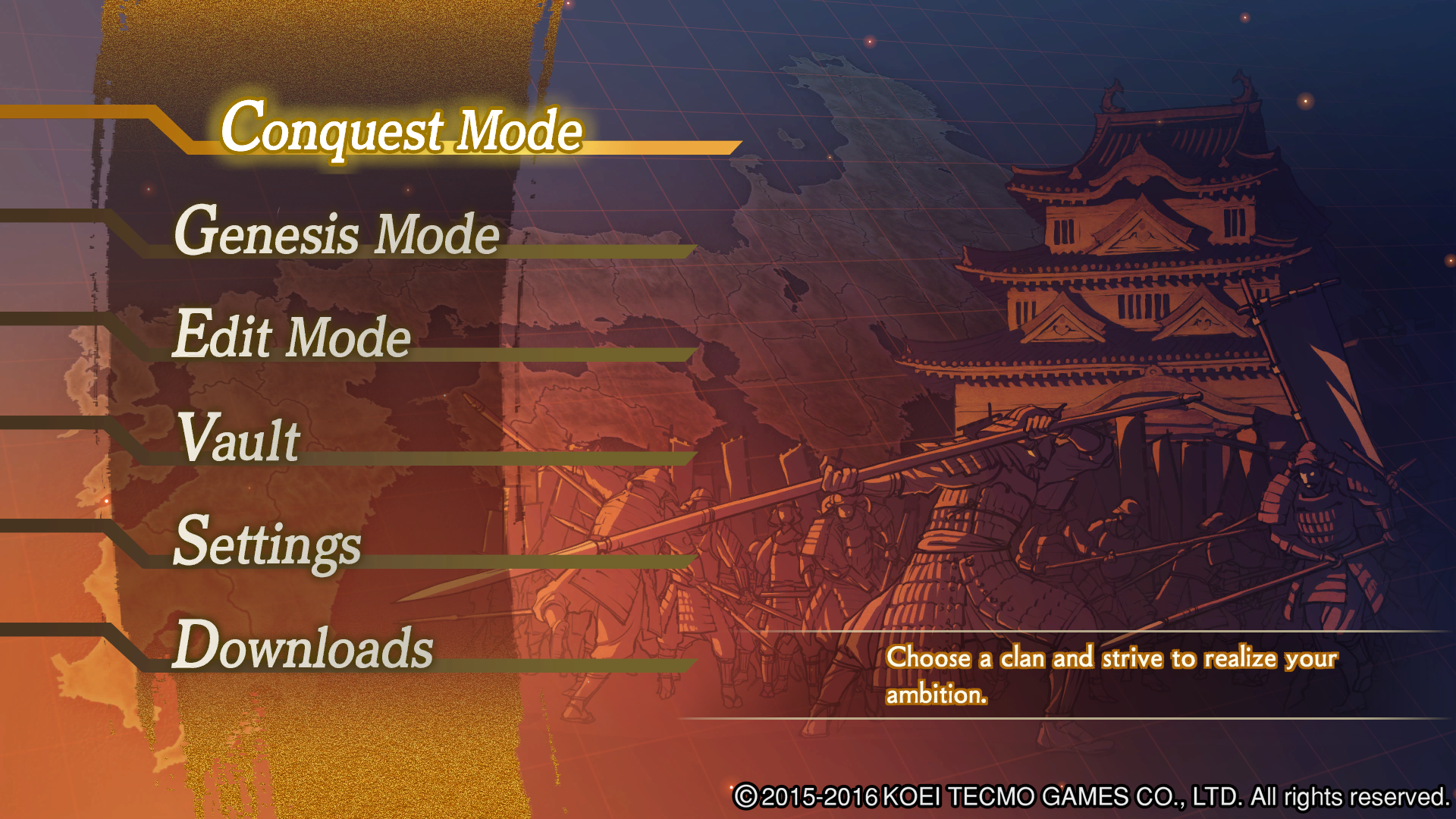
-
Samurai Warriors 4 Empires Review 08
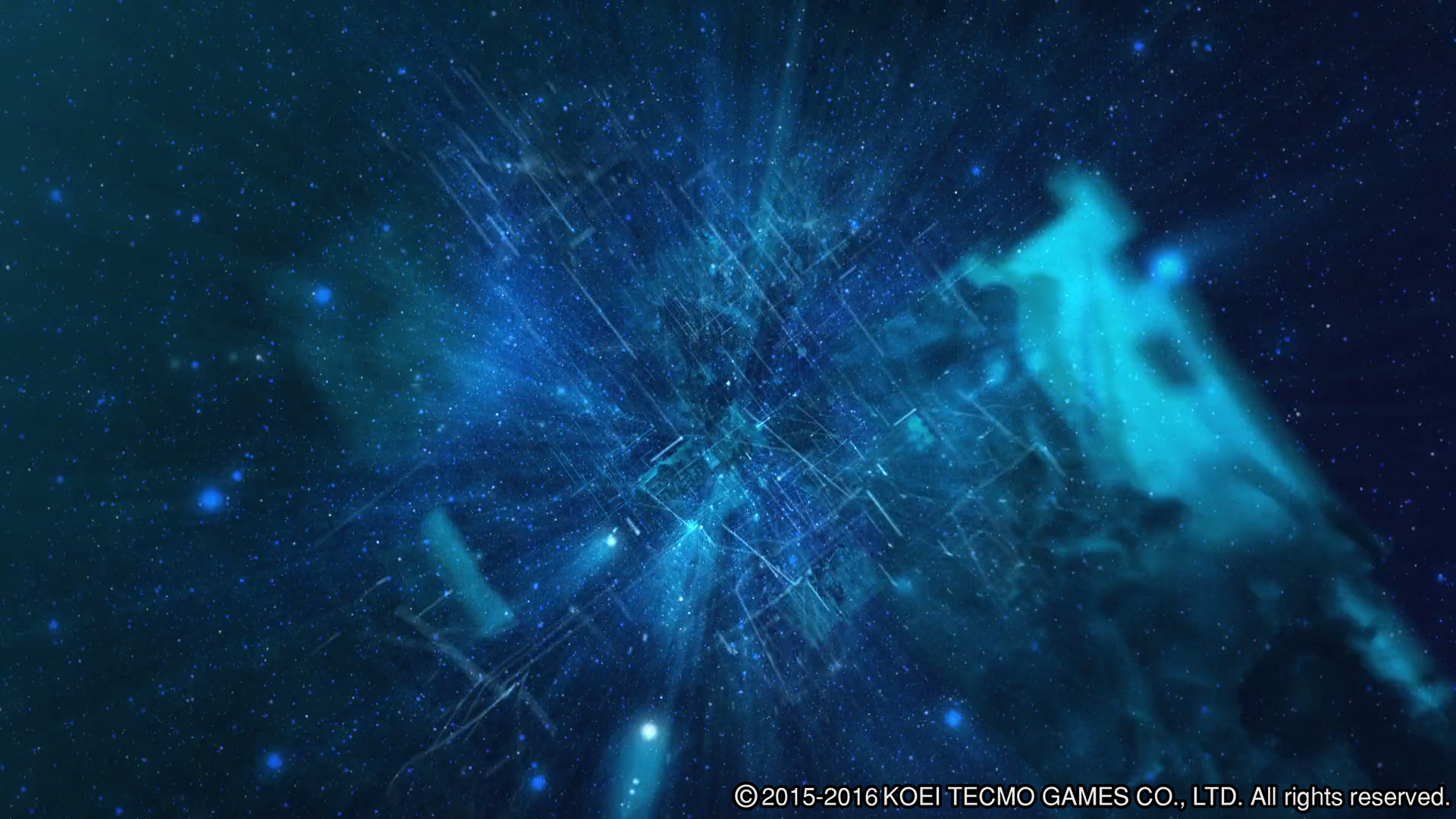
-
Samurai Warriors 4 Empires Review 09
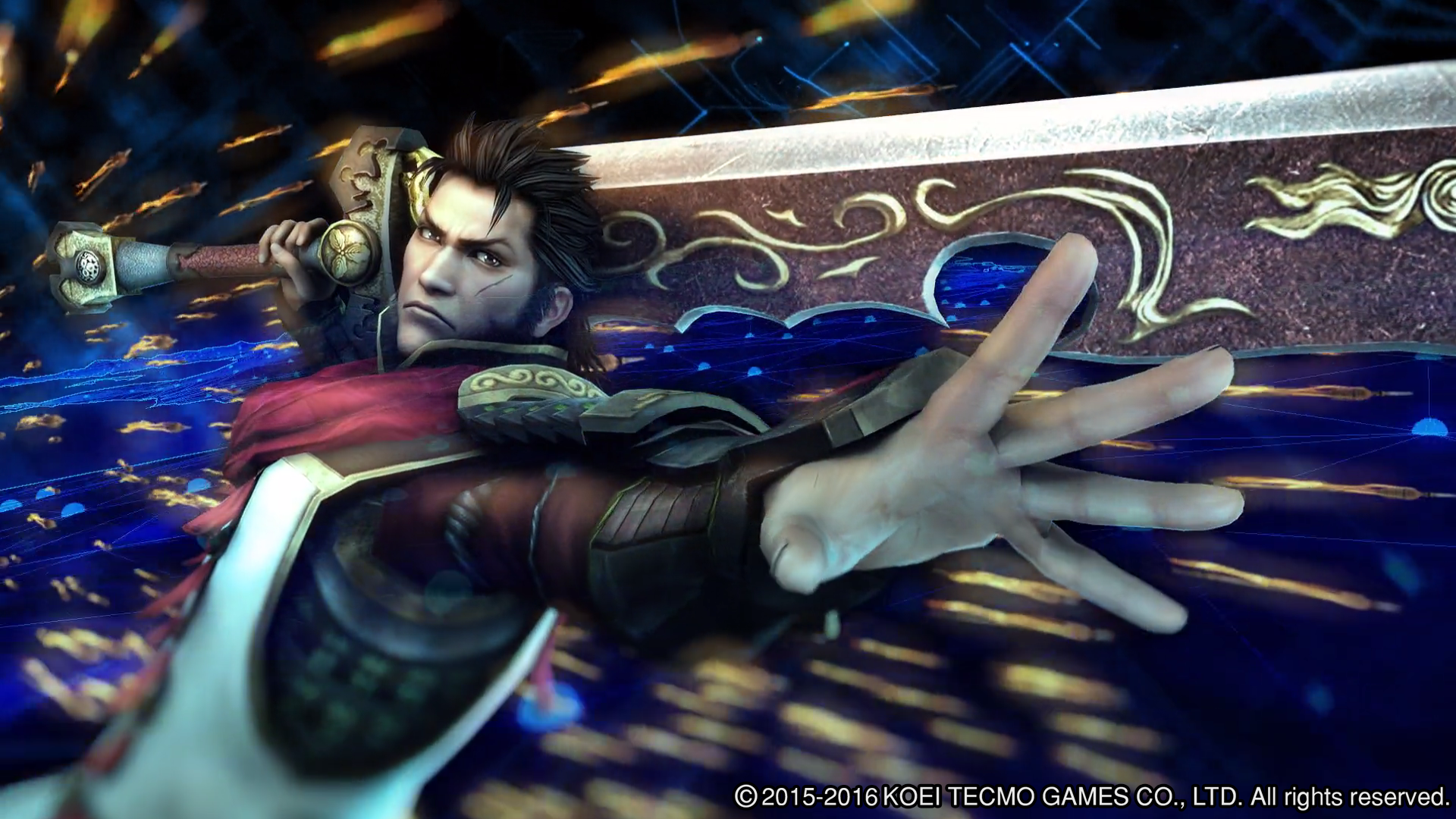
-
Samurai Warriors 4 Empires Review 10

-
Samurai Warriors 4 Empires Review 11
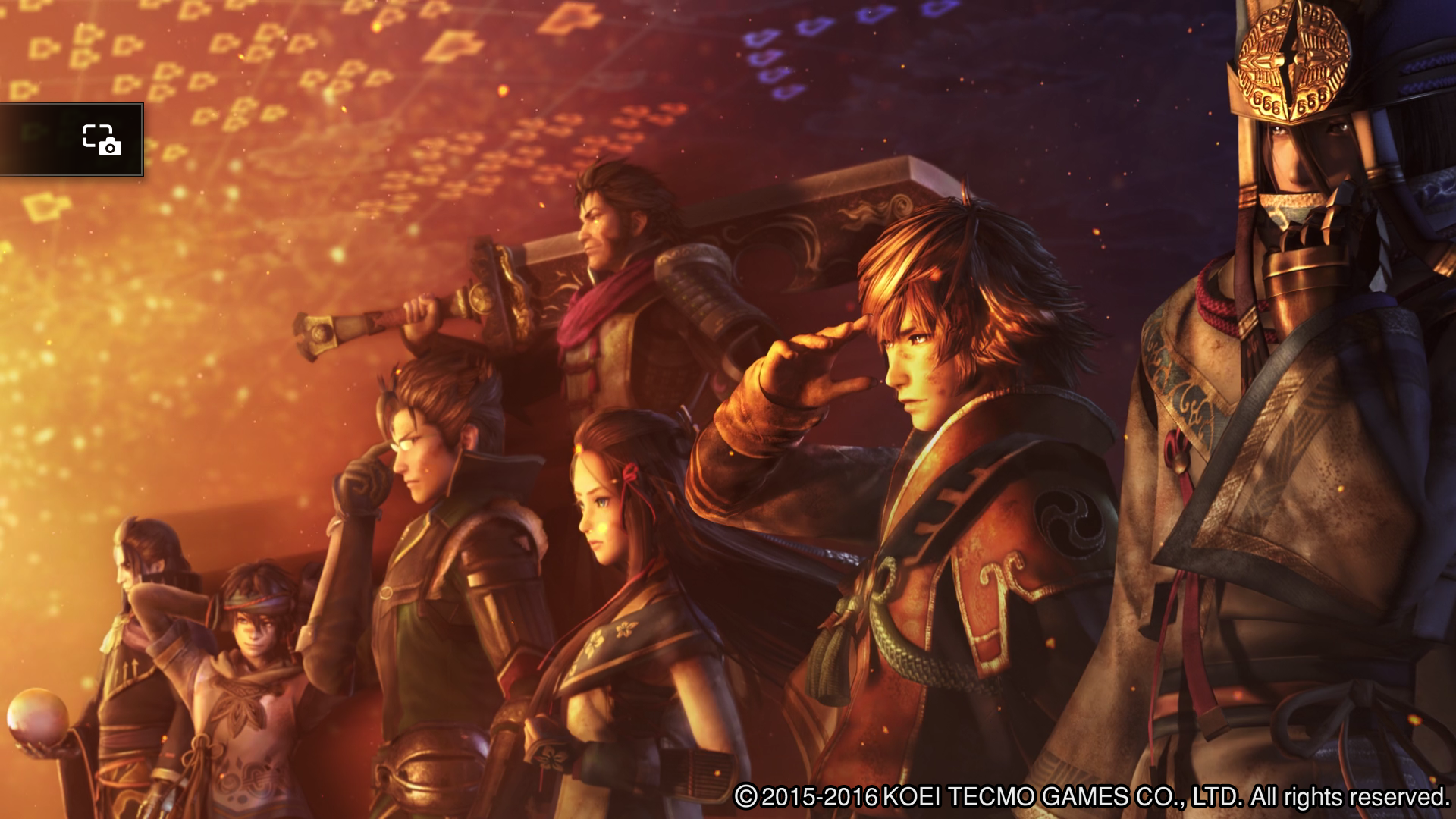
-
Samurai Warriors 4 Empires Review 12
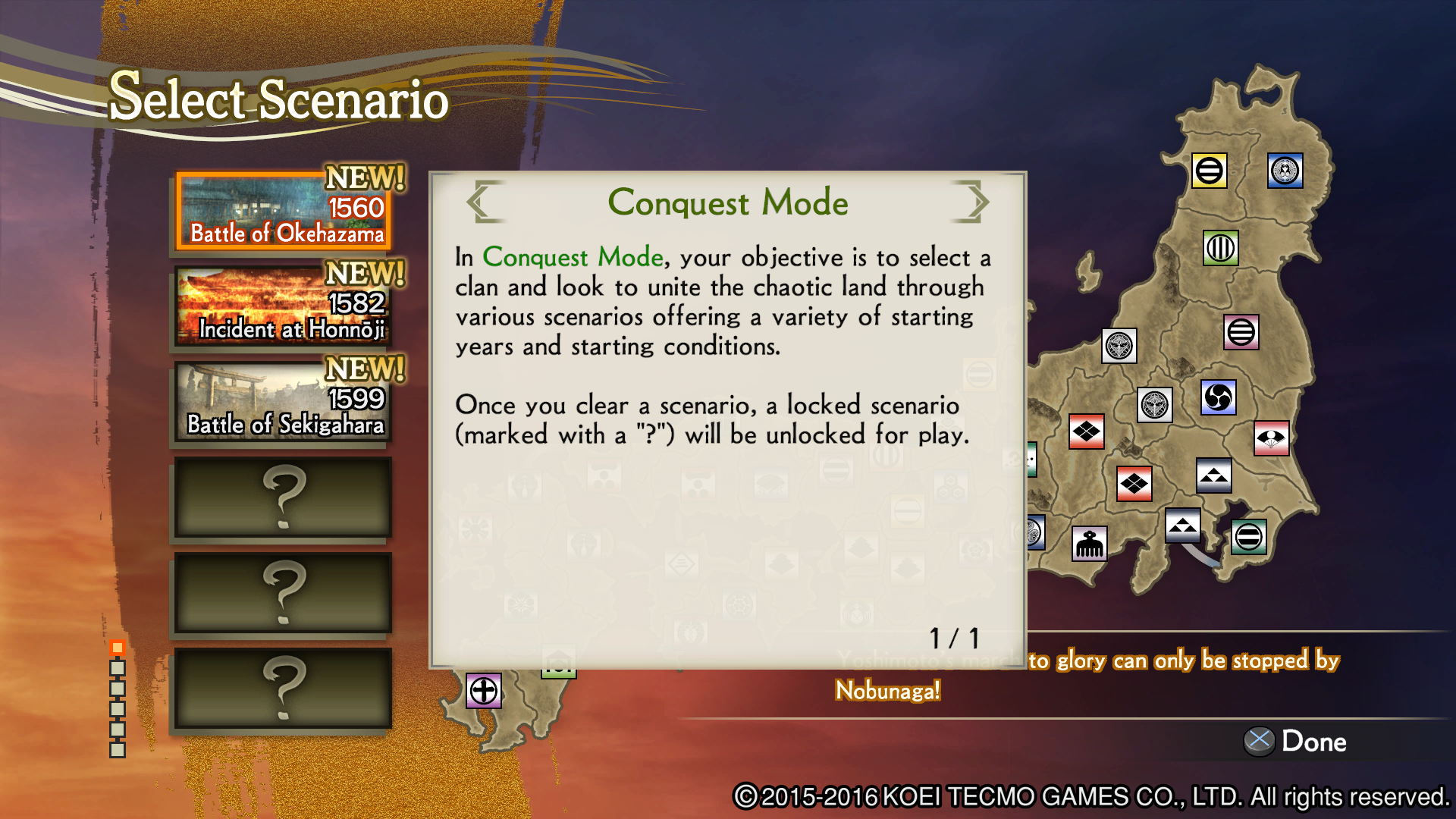
-
Samurai Warriors 4 Empires Review 13
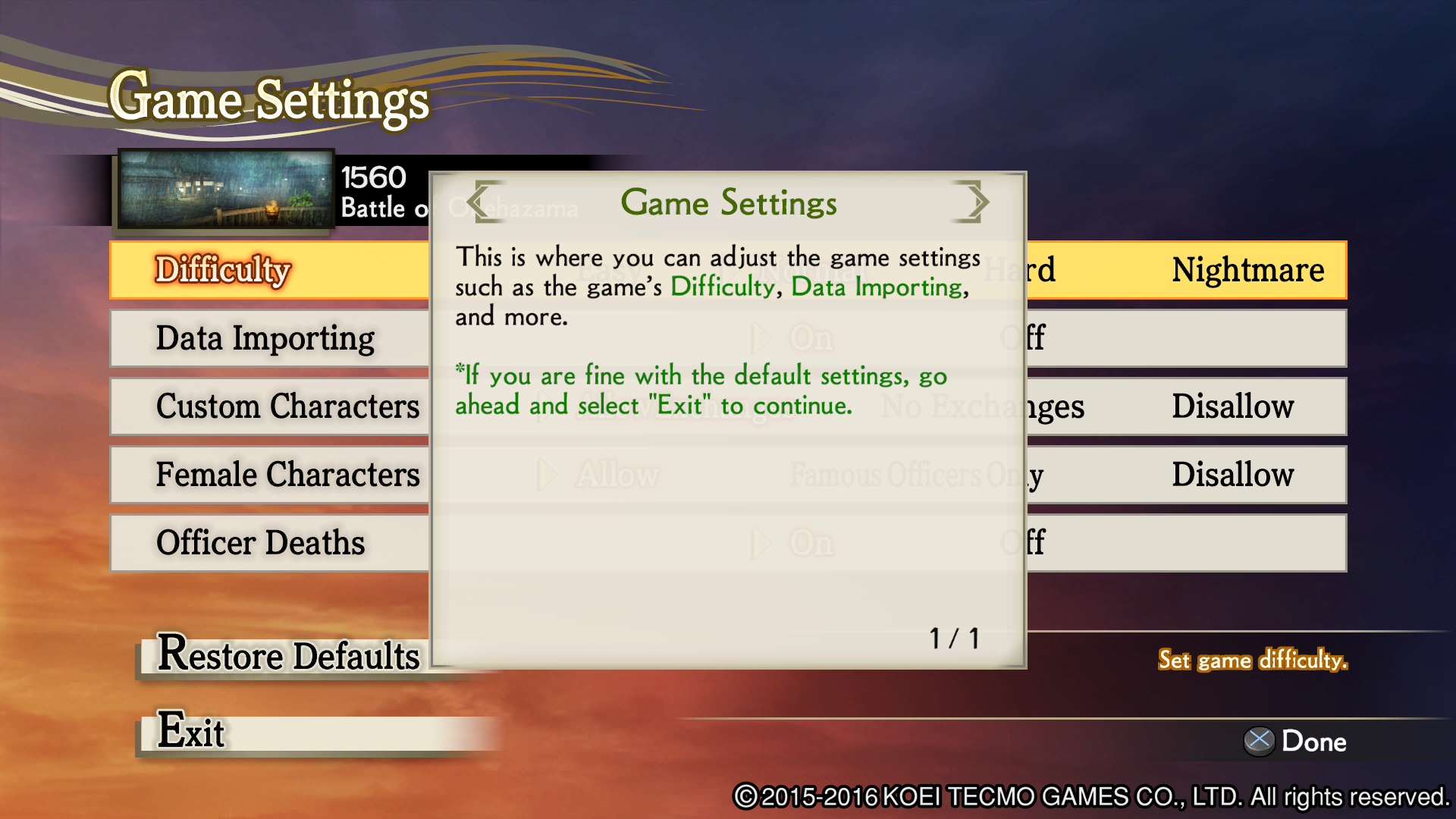
-
Samurai Warriors 4 Empires Review 14
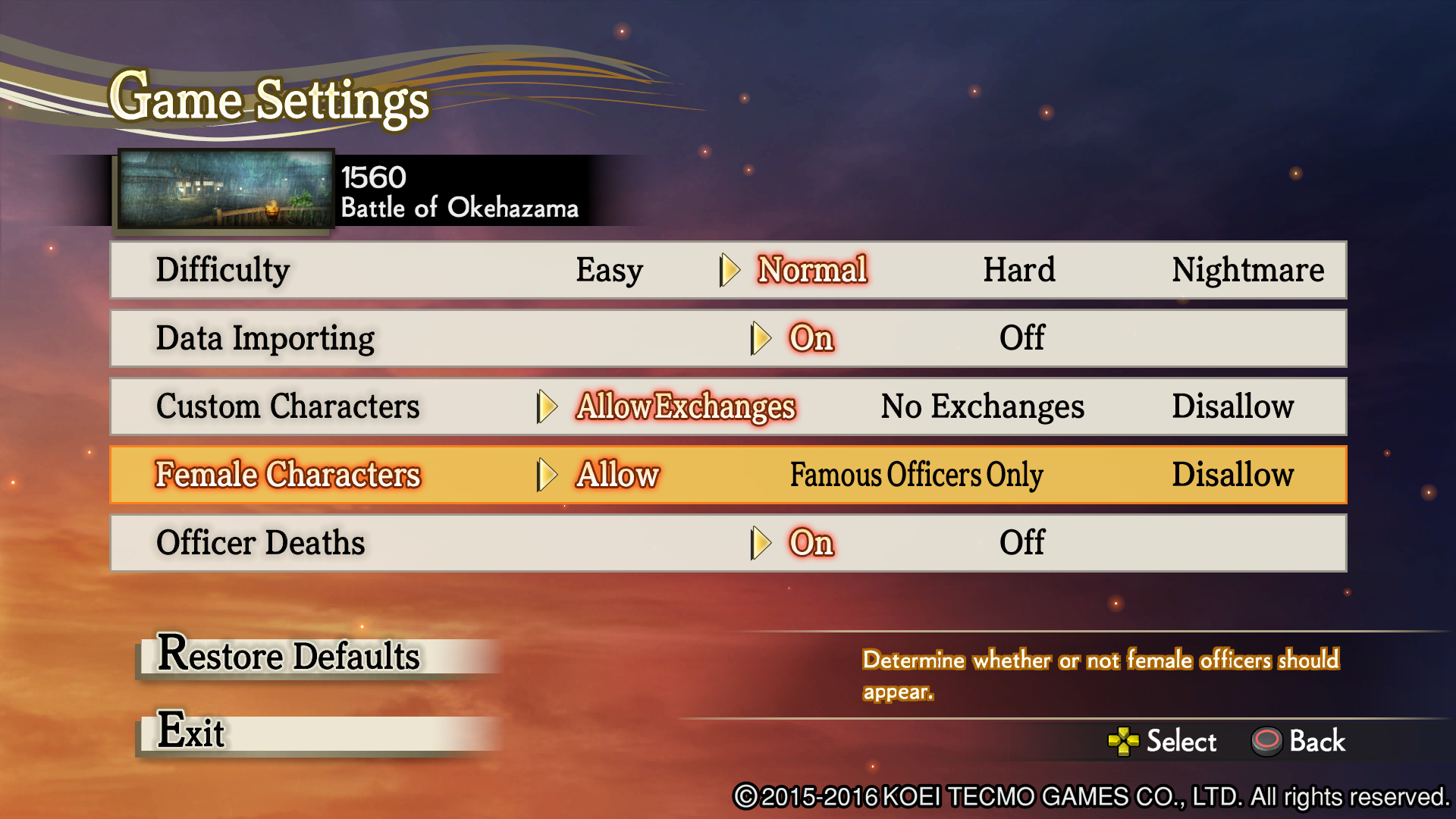
-
Samurai Warriors 4 Empires Review 15
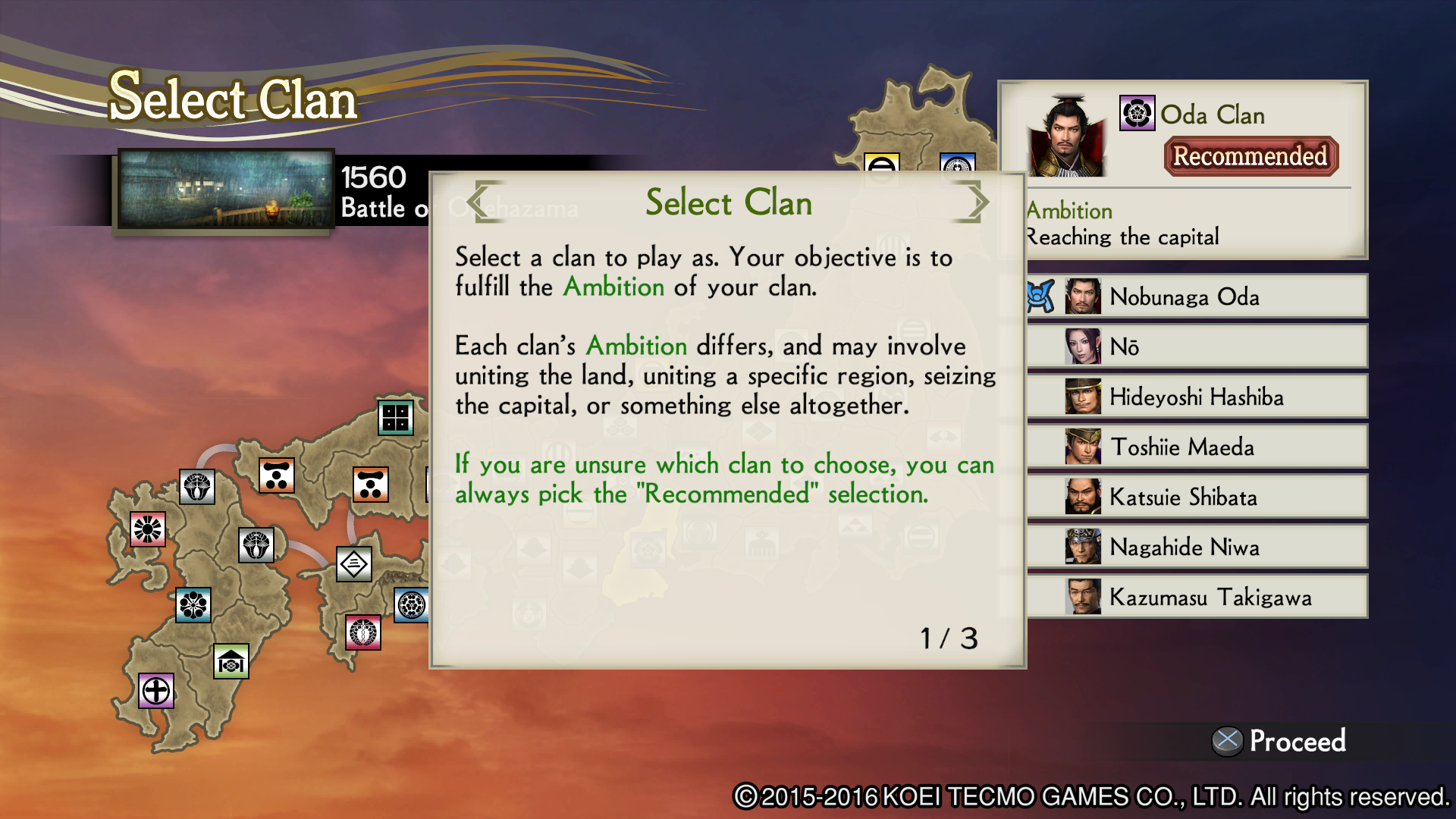
-
Samurai Warriors 4 Empires Review 16
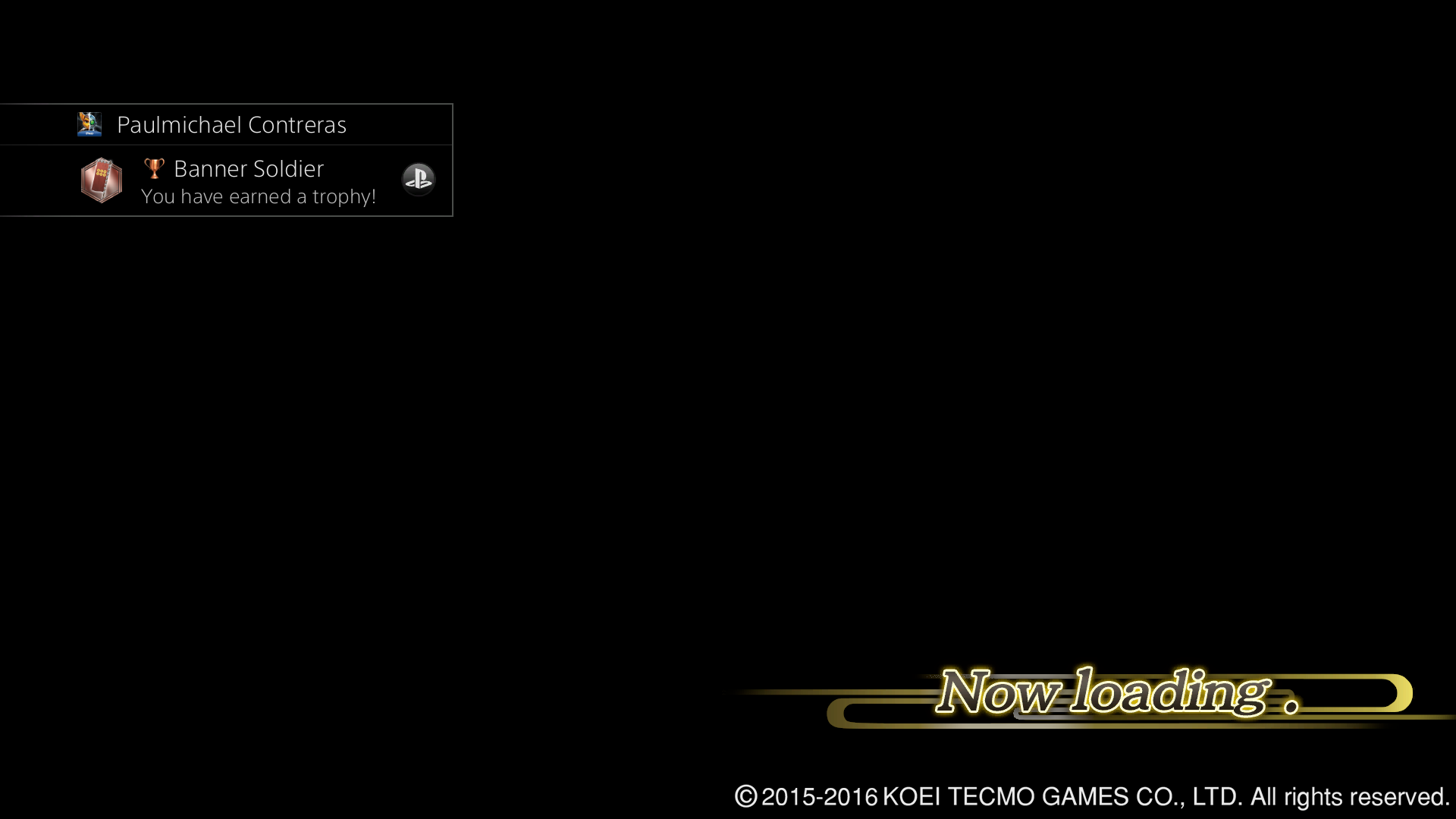
-
Samurai Warriors 4 Empires Review 17
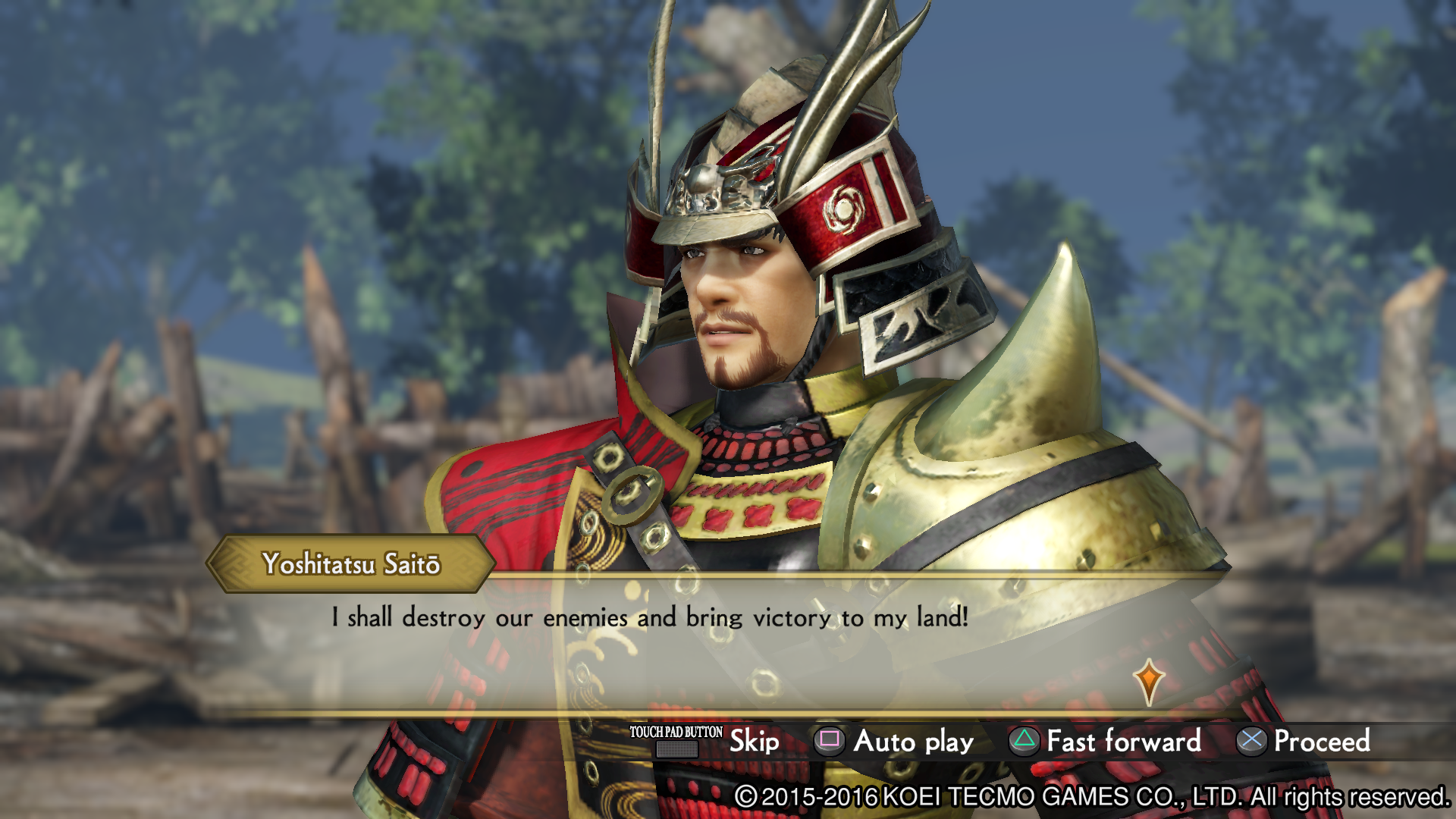
-
Samurai Warriors 4 Empires Review 18
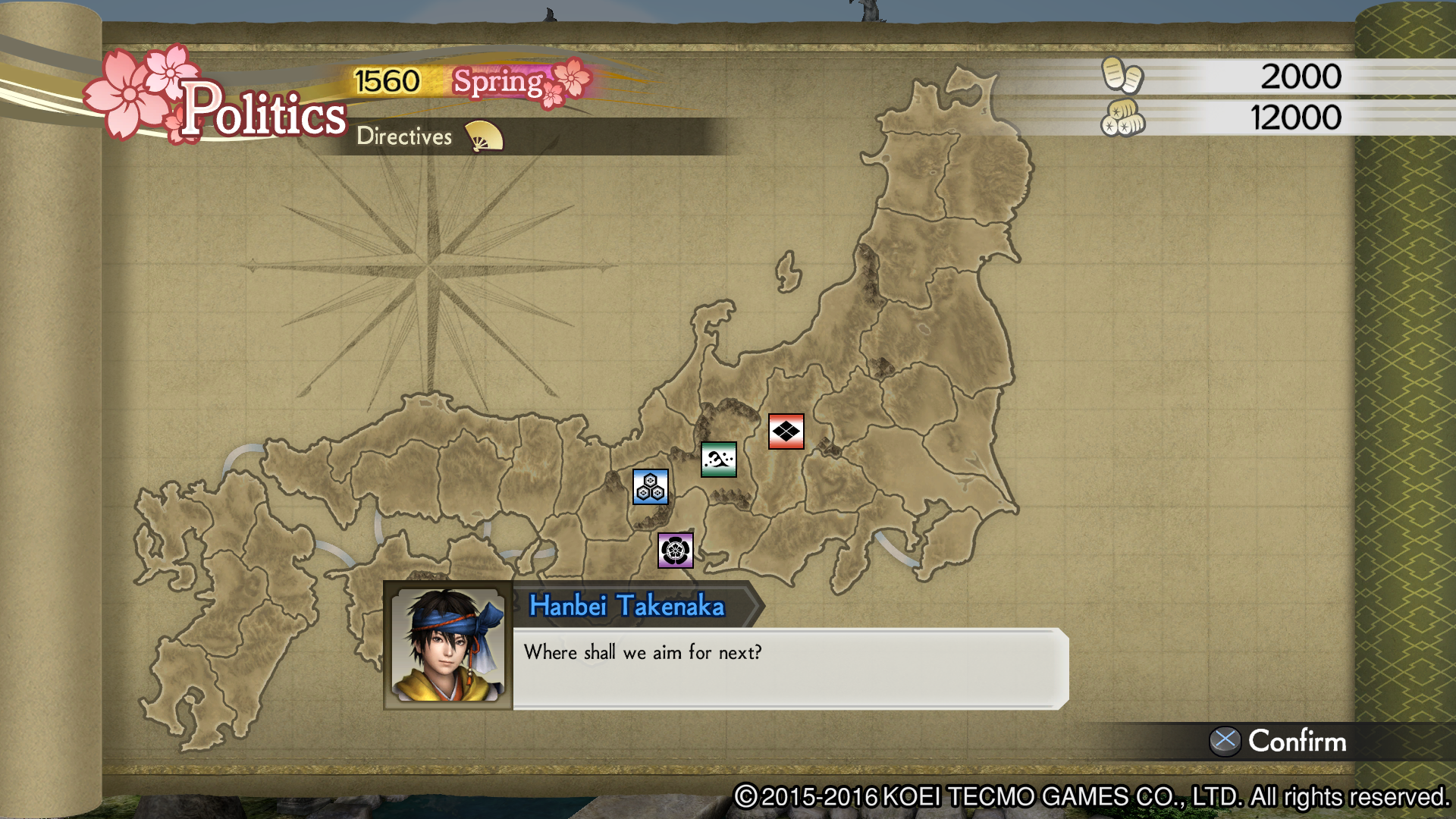
-
Samurai Warriors 4 Empires Review 19
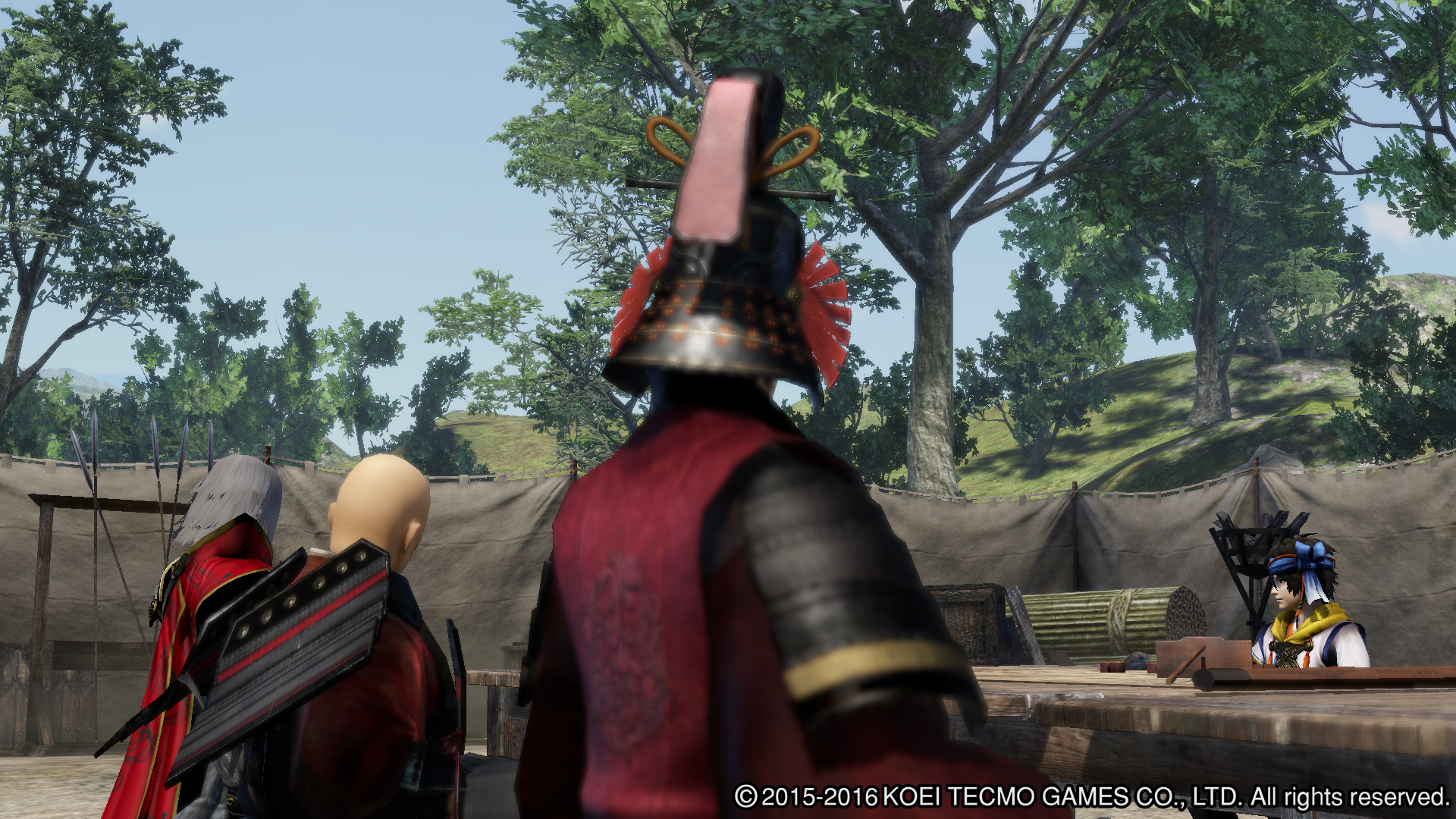
-
Samurai Warriors 4 Empires Review 20
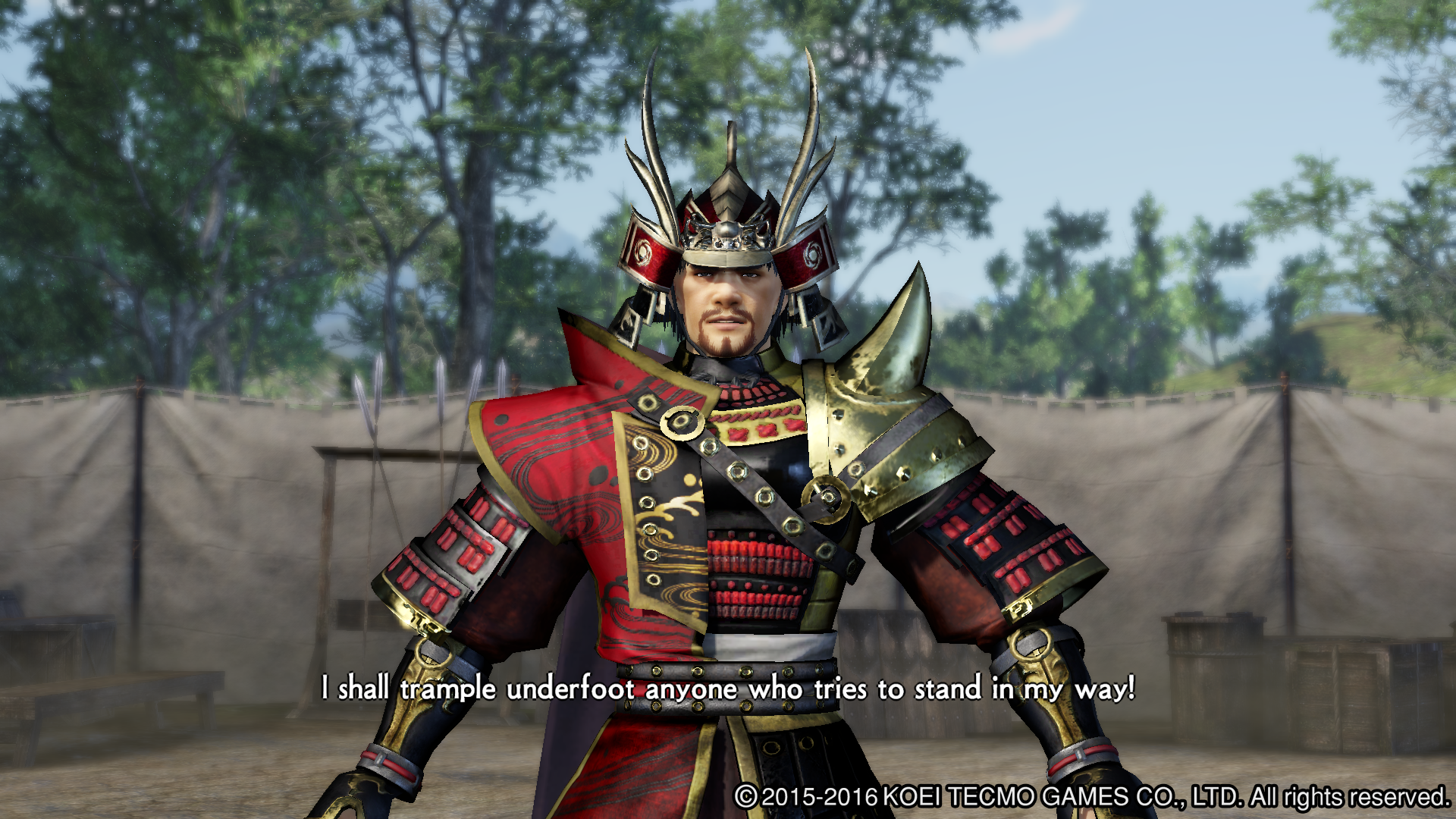
-
Samurai Warriors 4 Empires Review 21
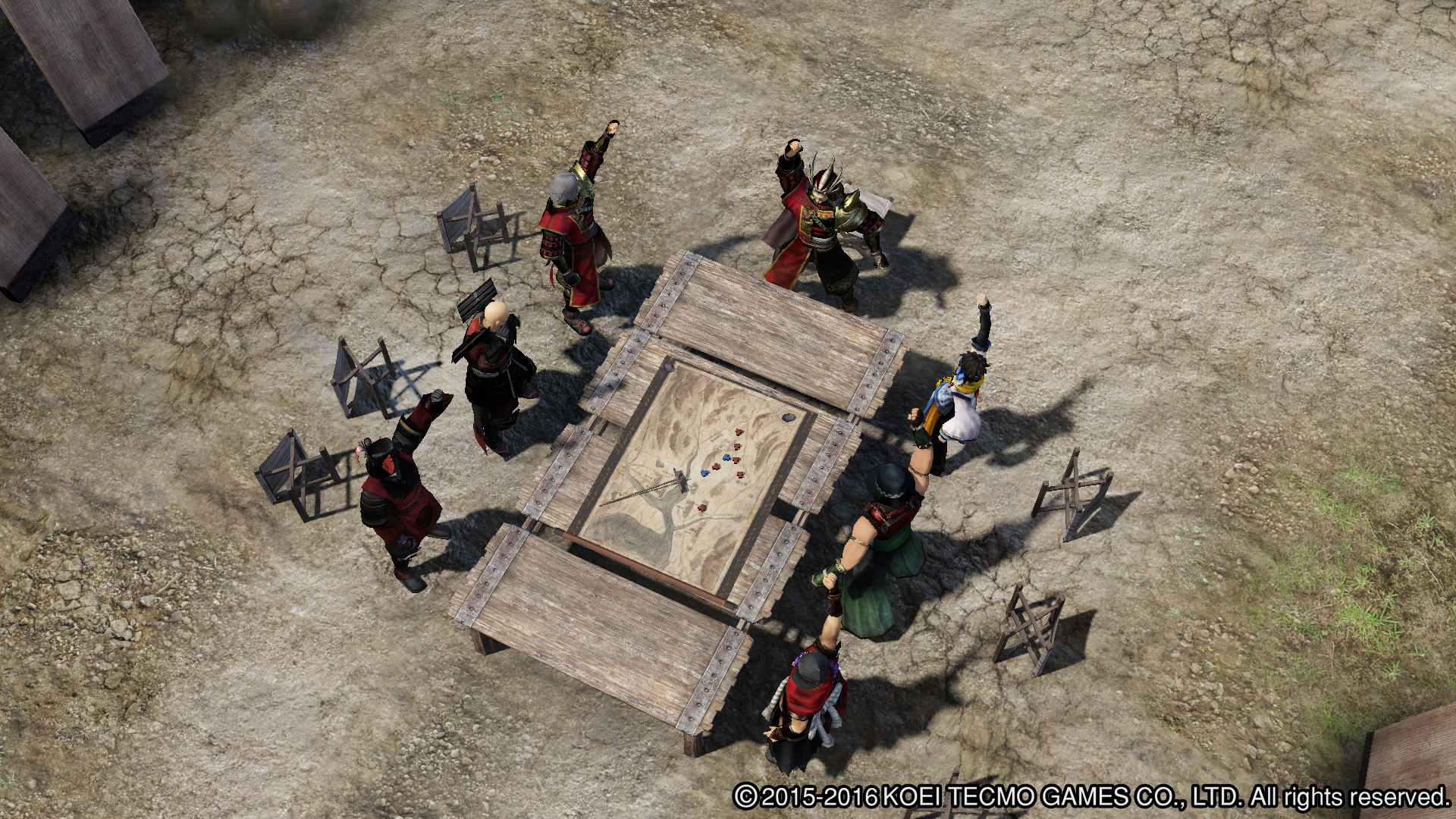
-
Samurai Warriors 4 Empires Review 22
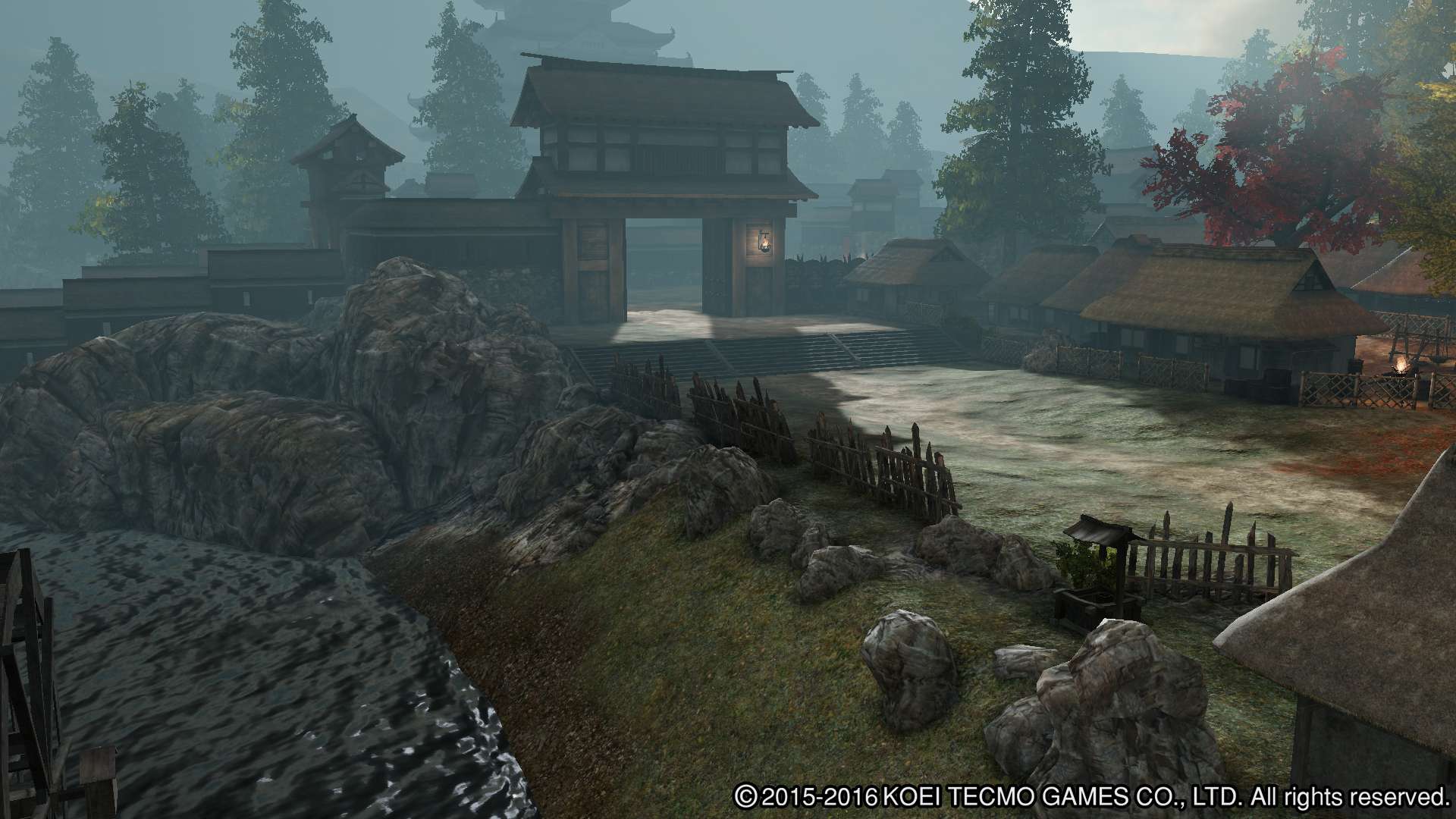
-
Samurai Warriors 4 Empires Review 23
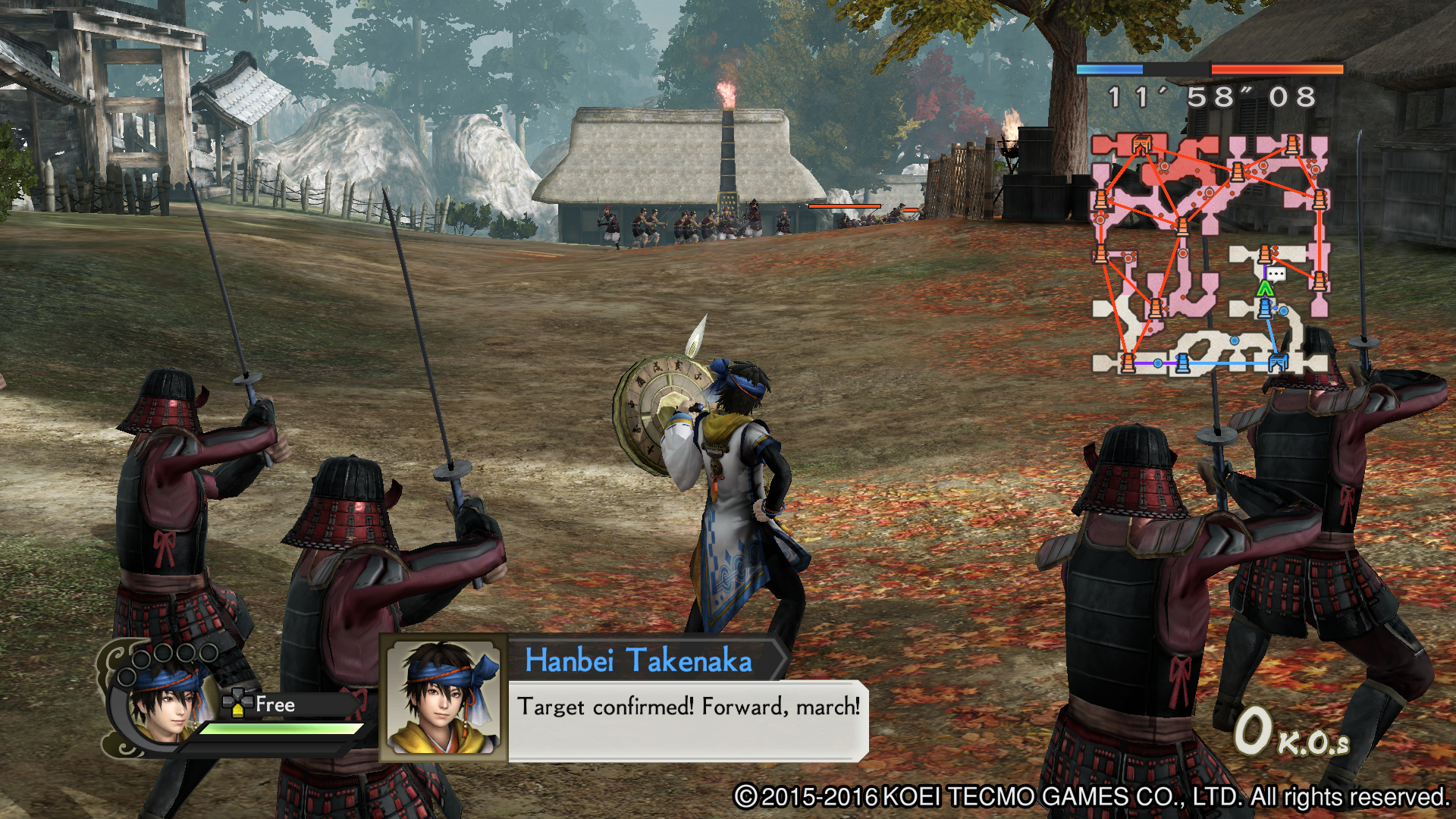
-
Samurai Warriors 4 Empires Review 24
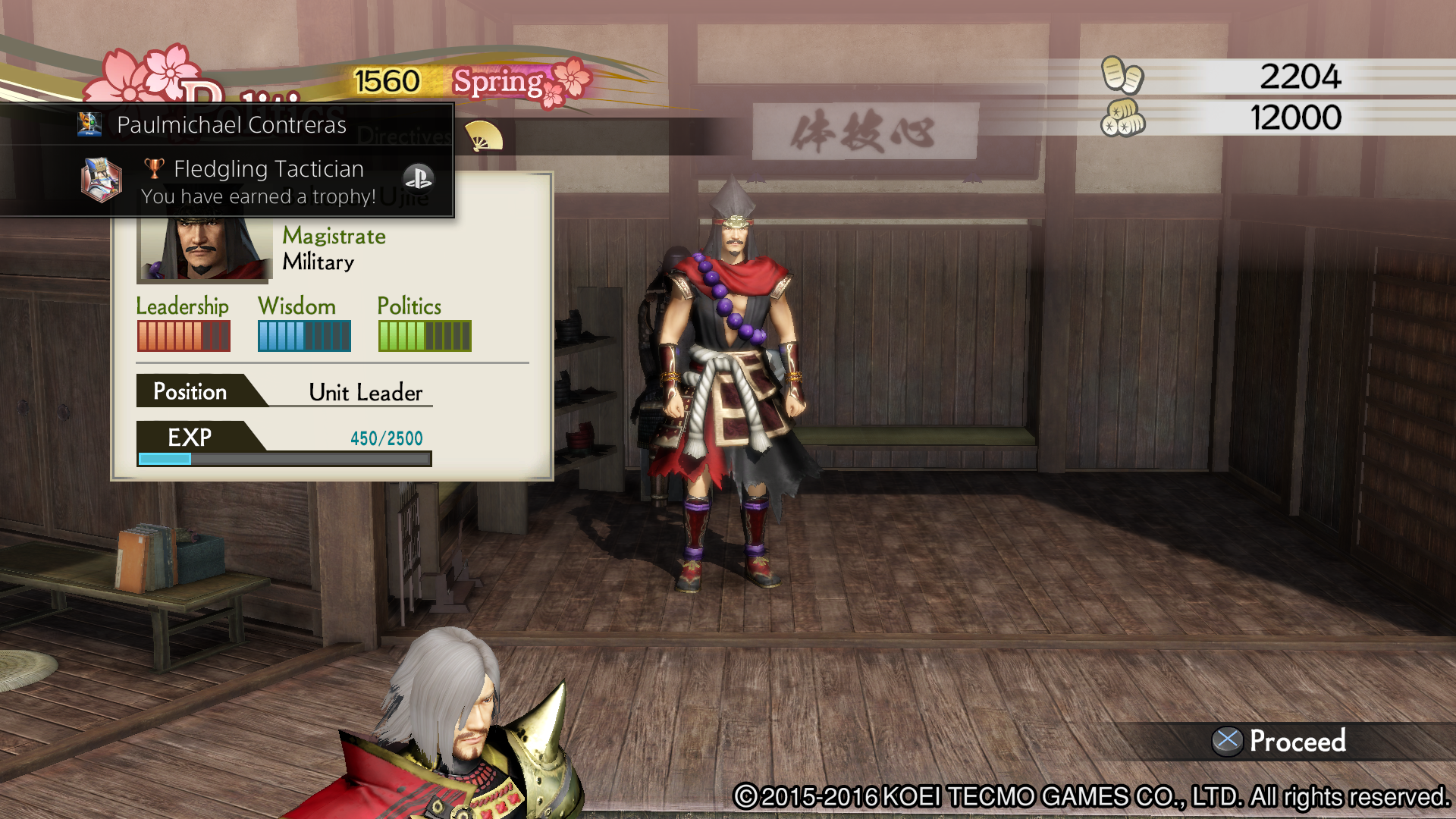
-
Samurai Warriors 4 Empires Review 25
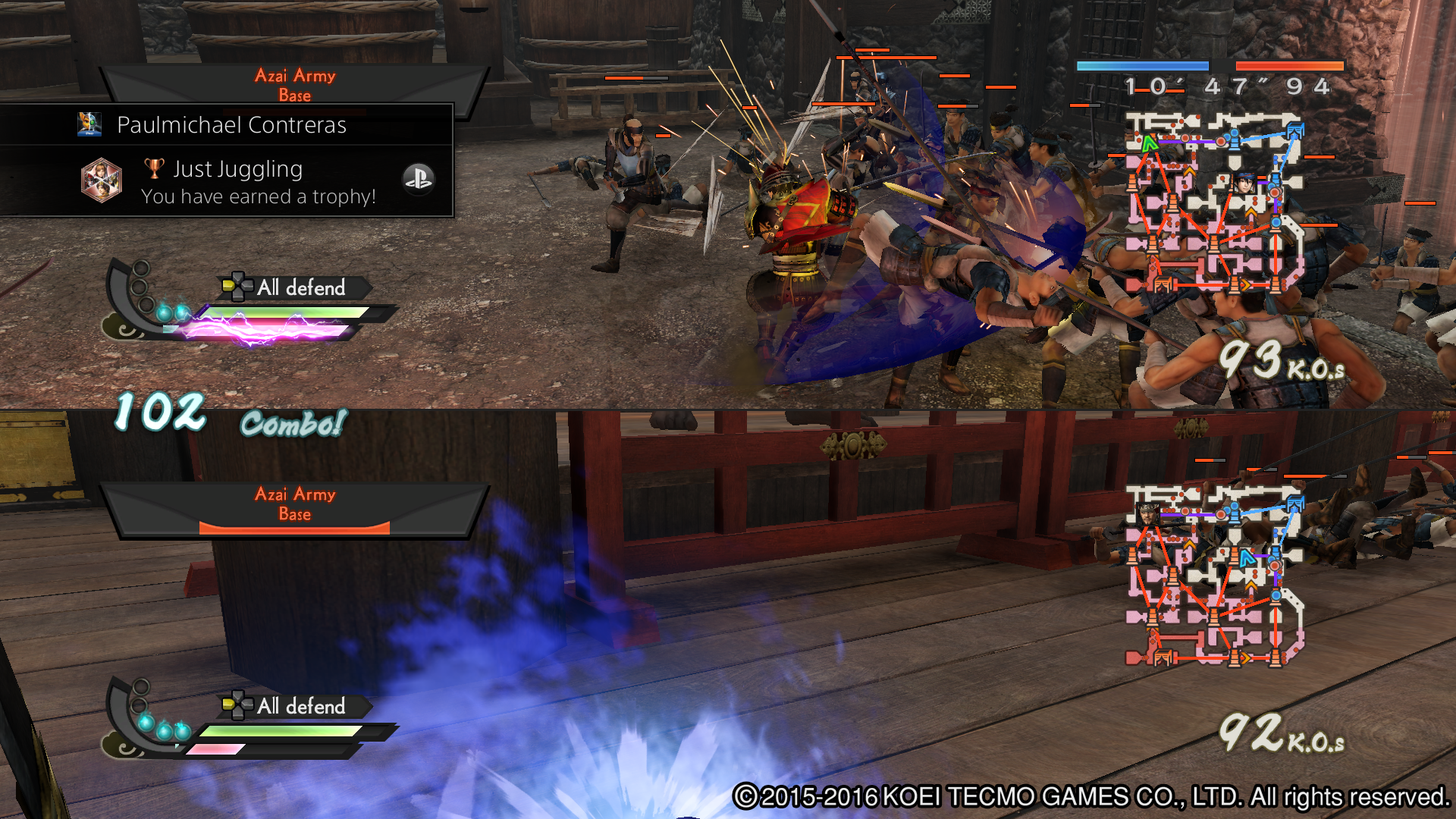
-
Samurai Warriors 4 Empires Review 26
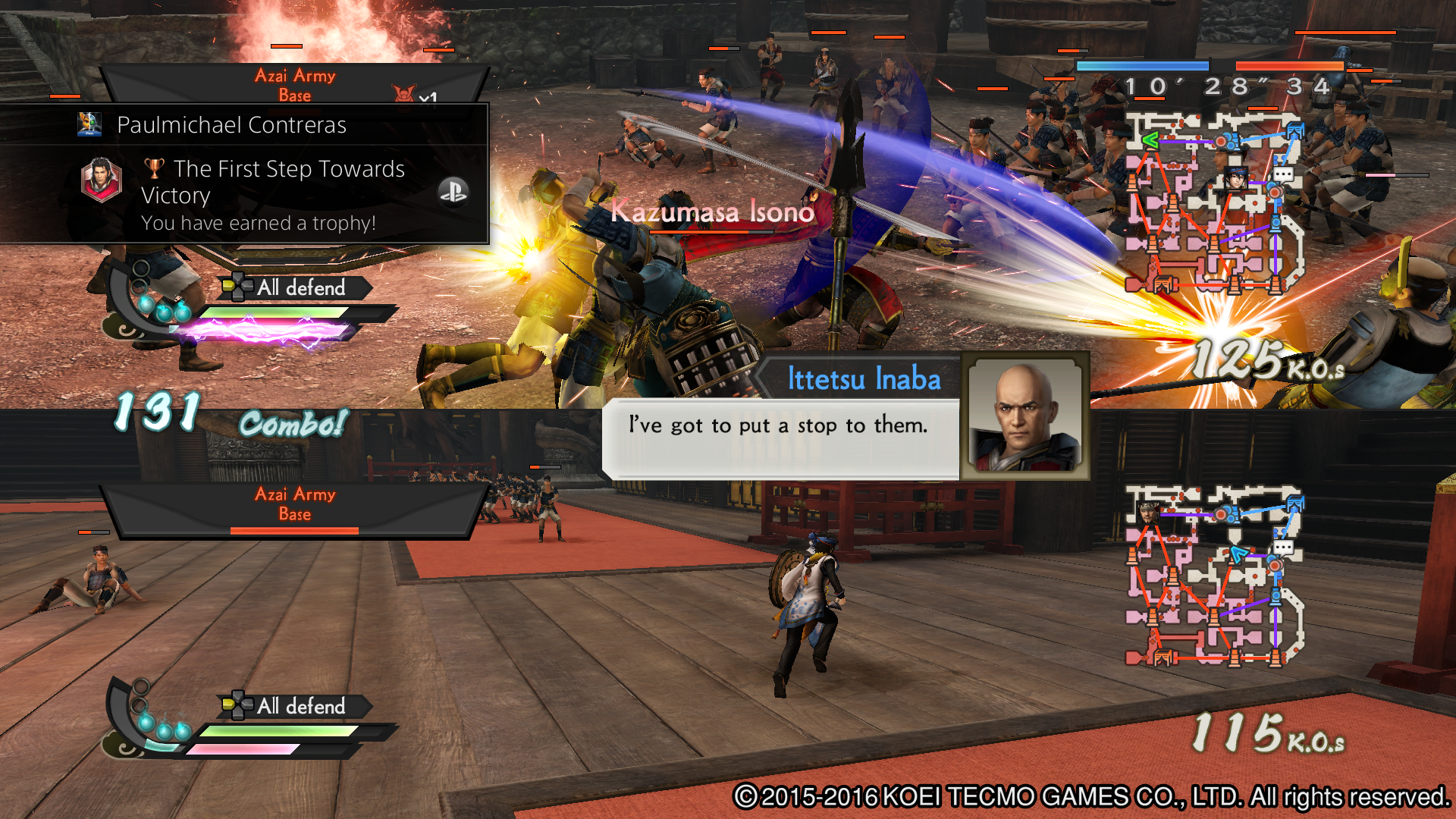
-
Samurai Warriors 4 Empires Review 27
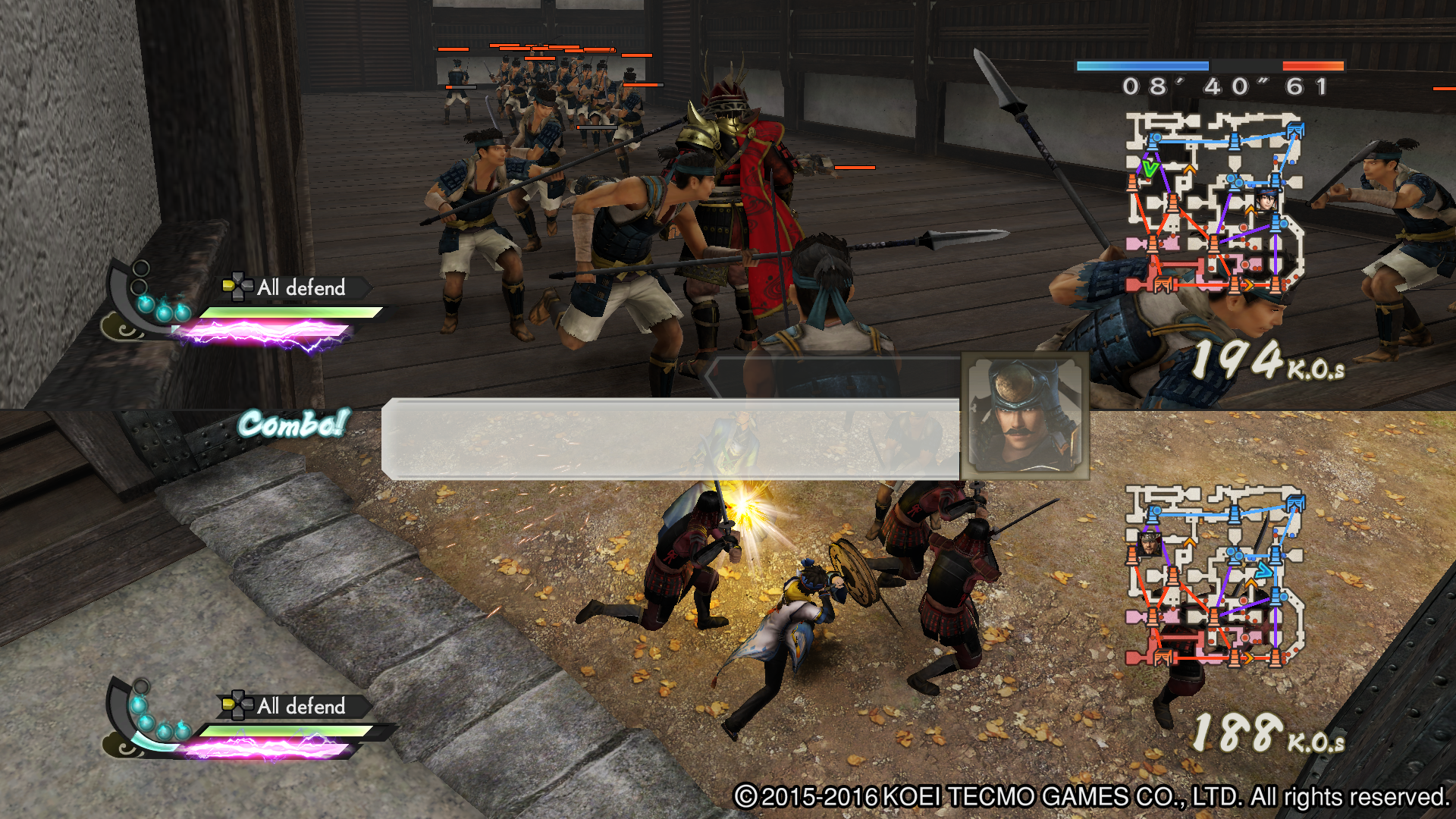
-
Samurai Warriors 4 Empires Review 28
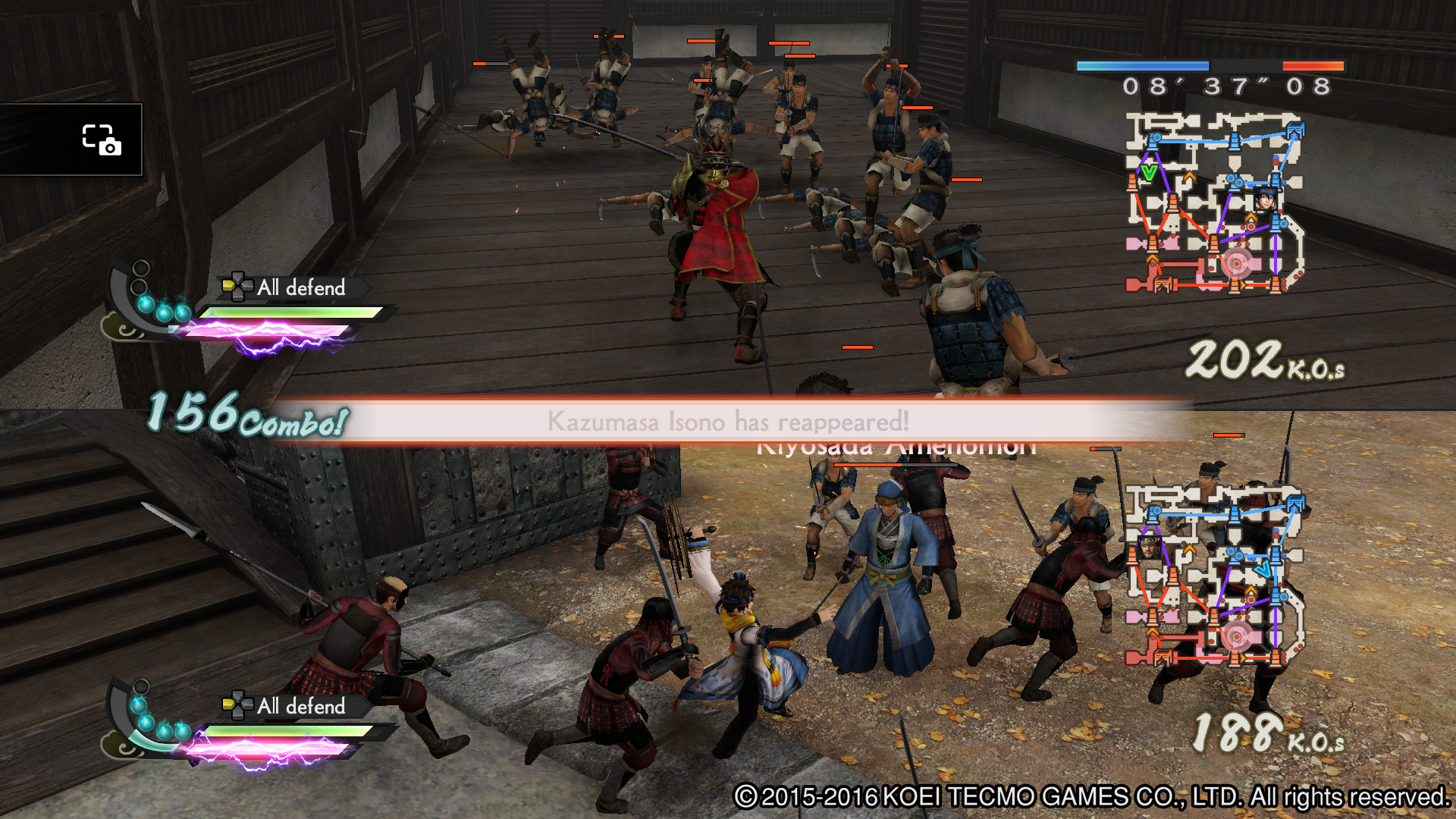
-
Samurai Warriors 4 Empires Review 29
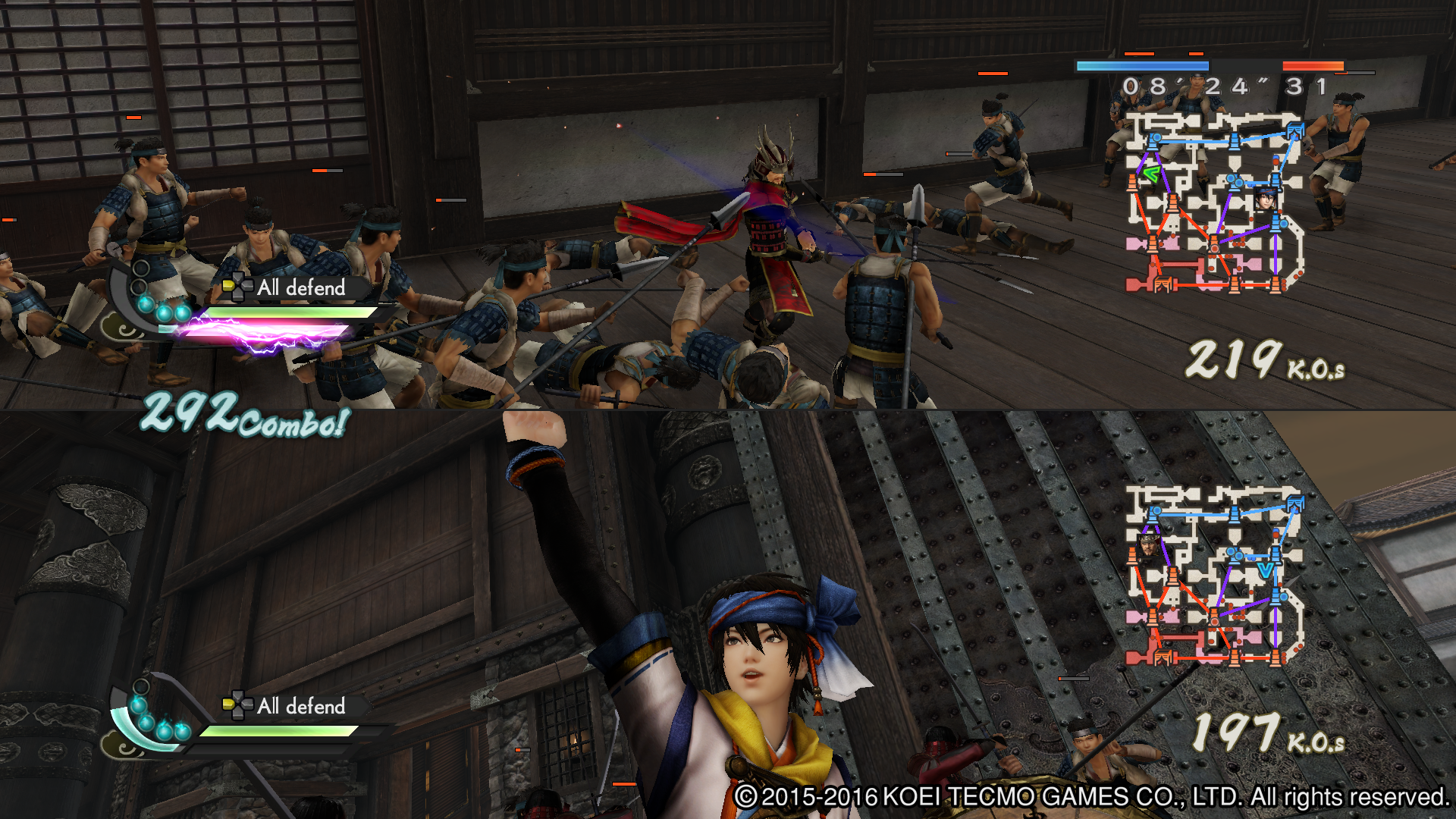
-
Samurai Warriors 4 Empires Review 30
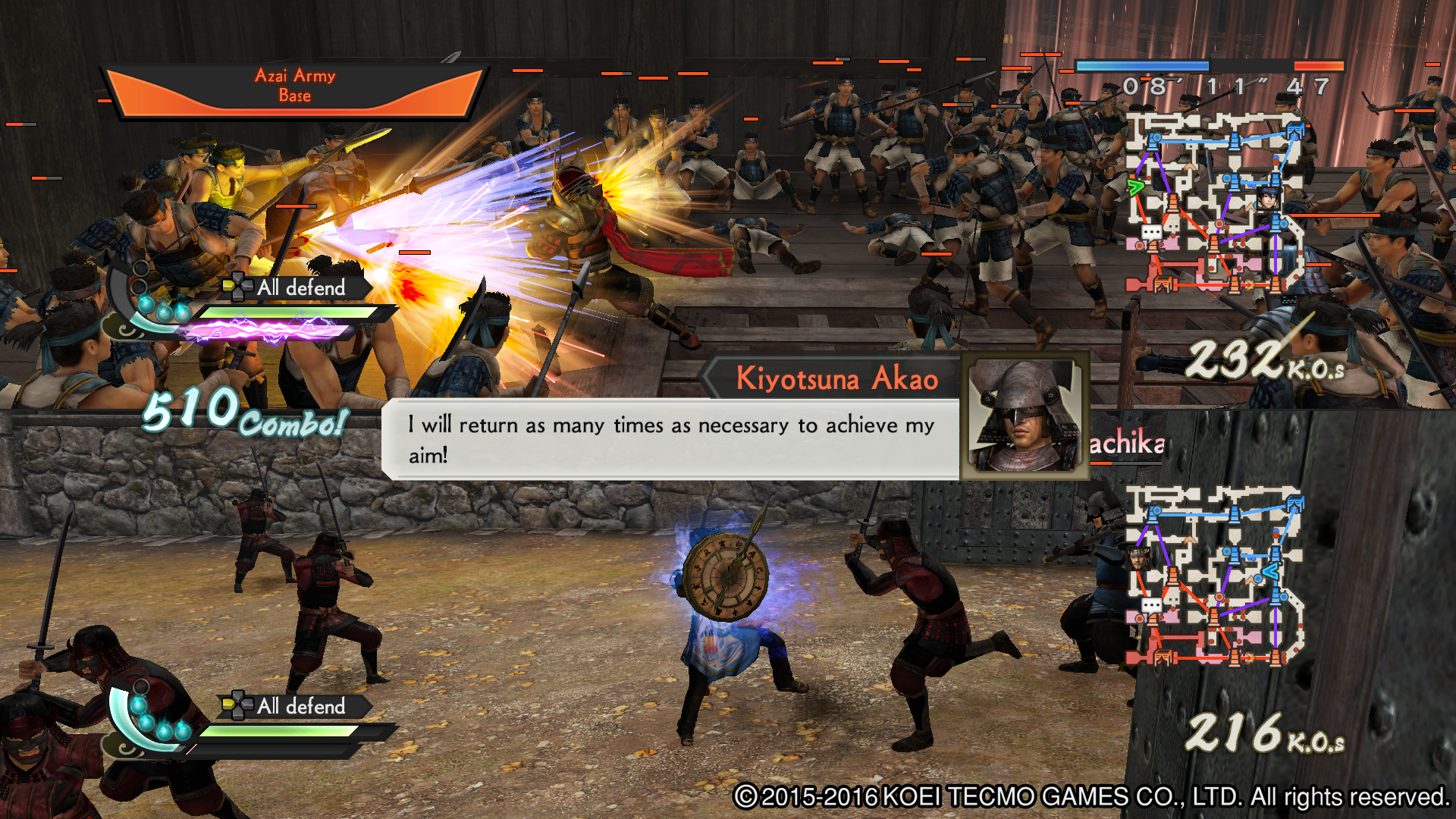
-
Samurai Warriors 4 Empires Review 31
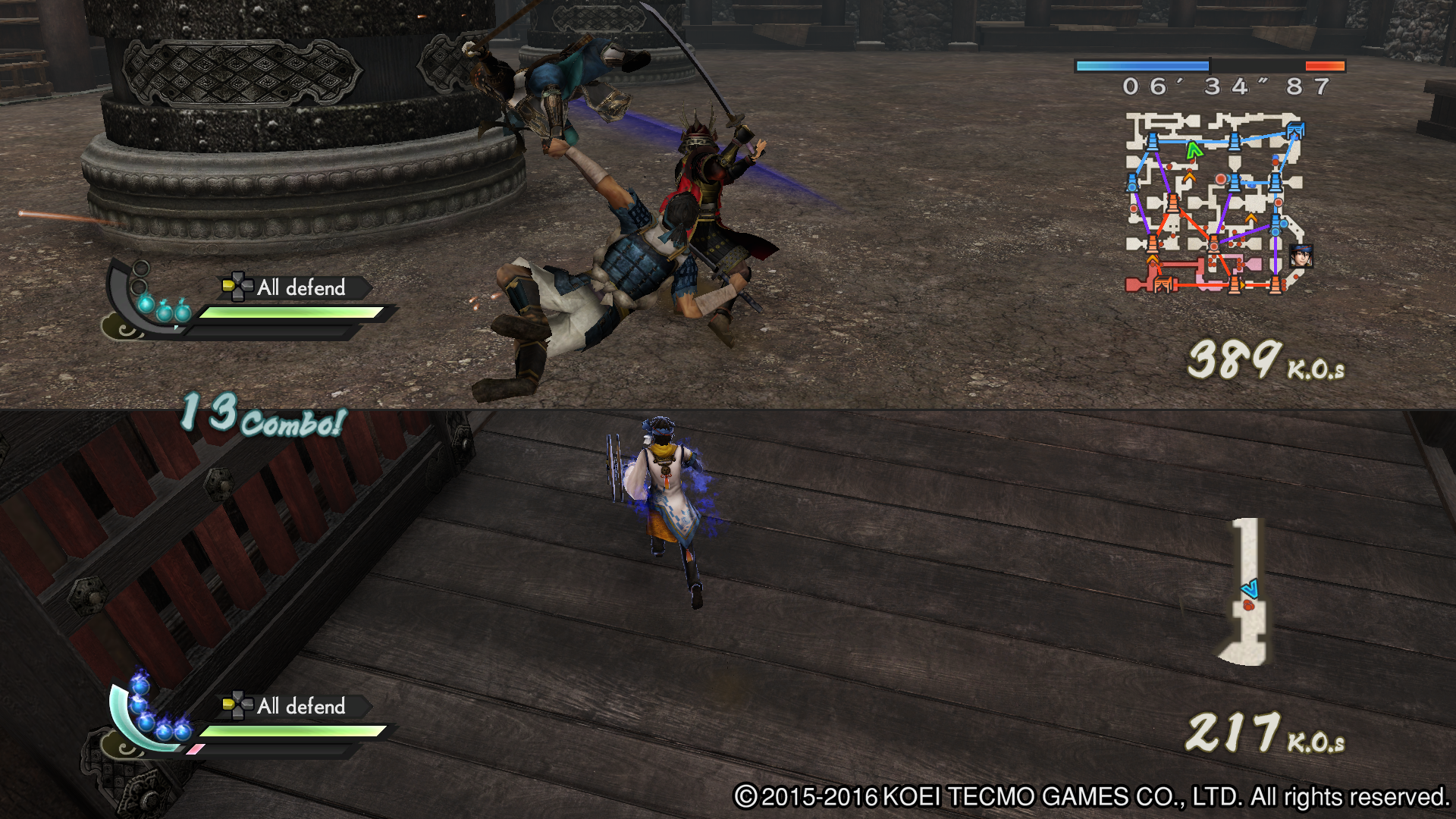
-
Samurai Warriors 4 Empires Review 32
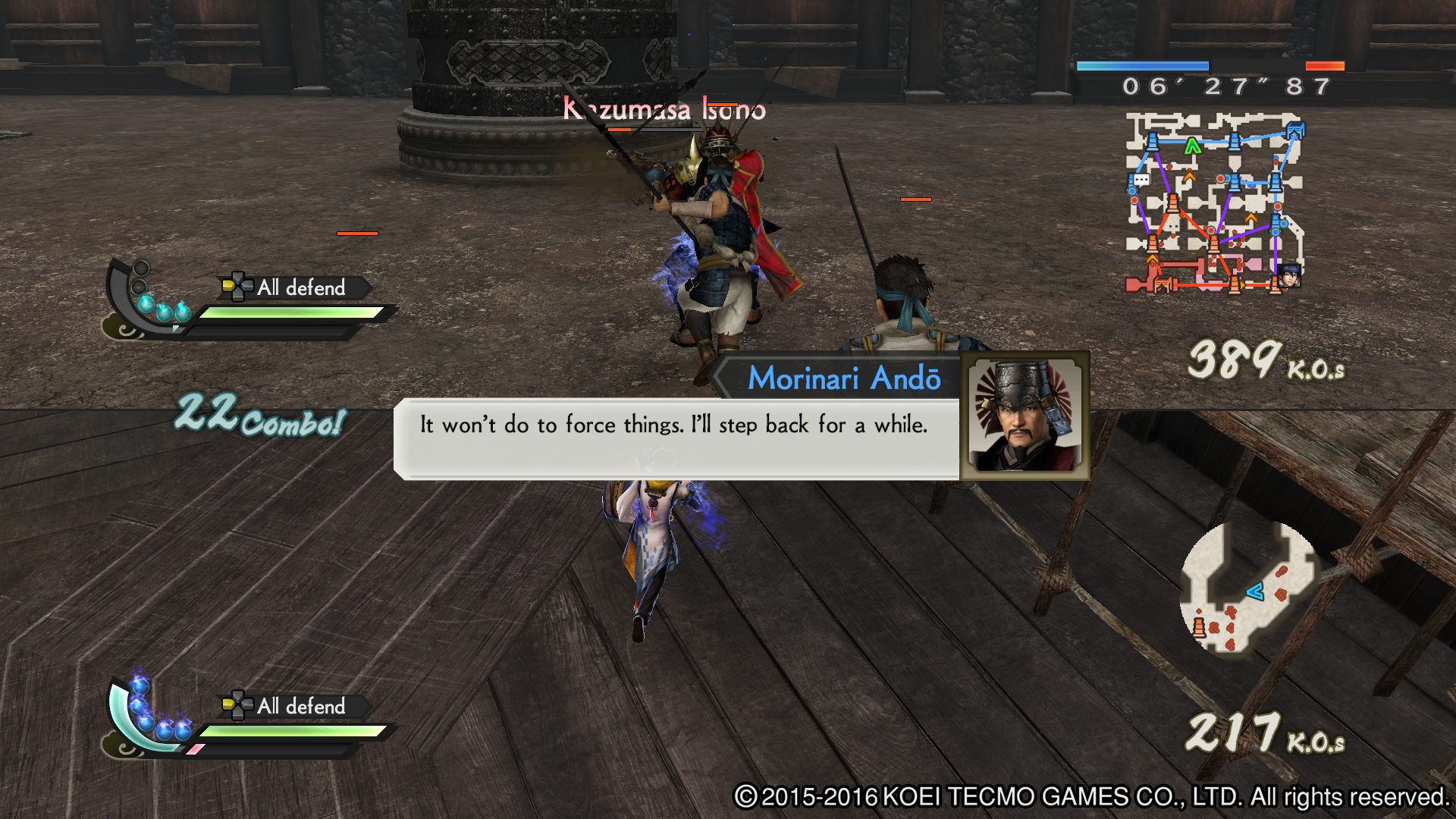
-
Samurai Warriors 4 Empires Review 33
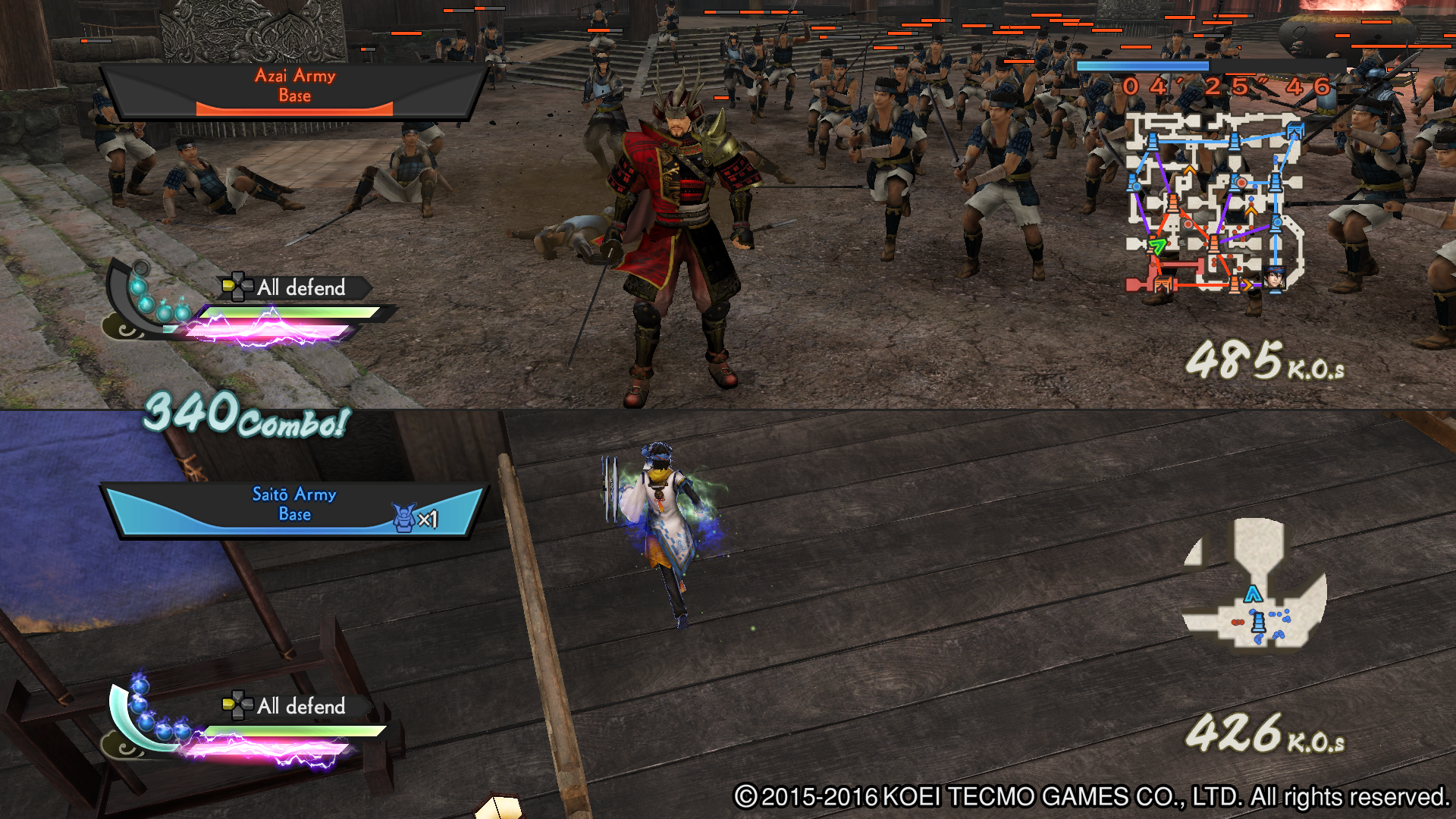
-
Samurai Warriors 4 Empires Review 34
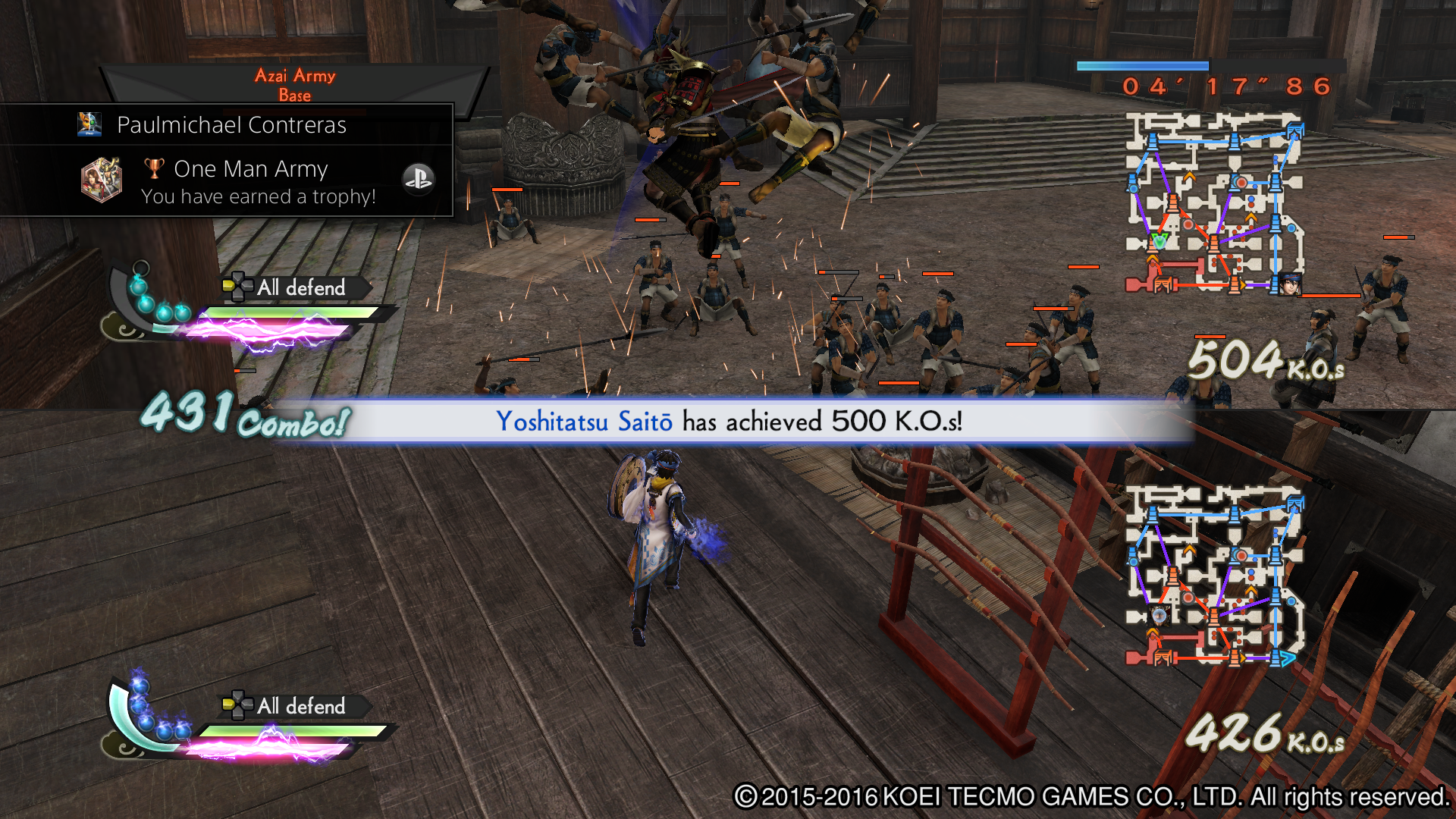
-
Samurai Warriors 4 Empires Review 35
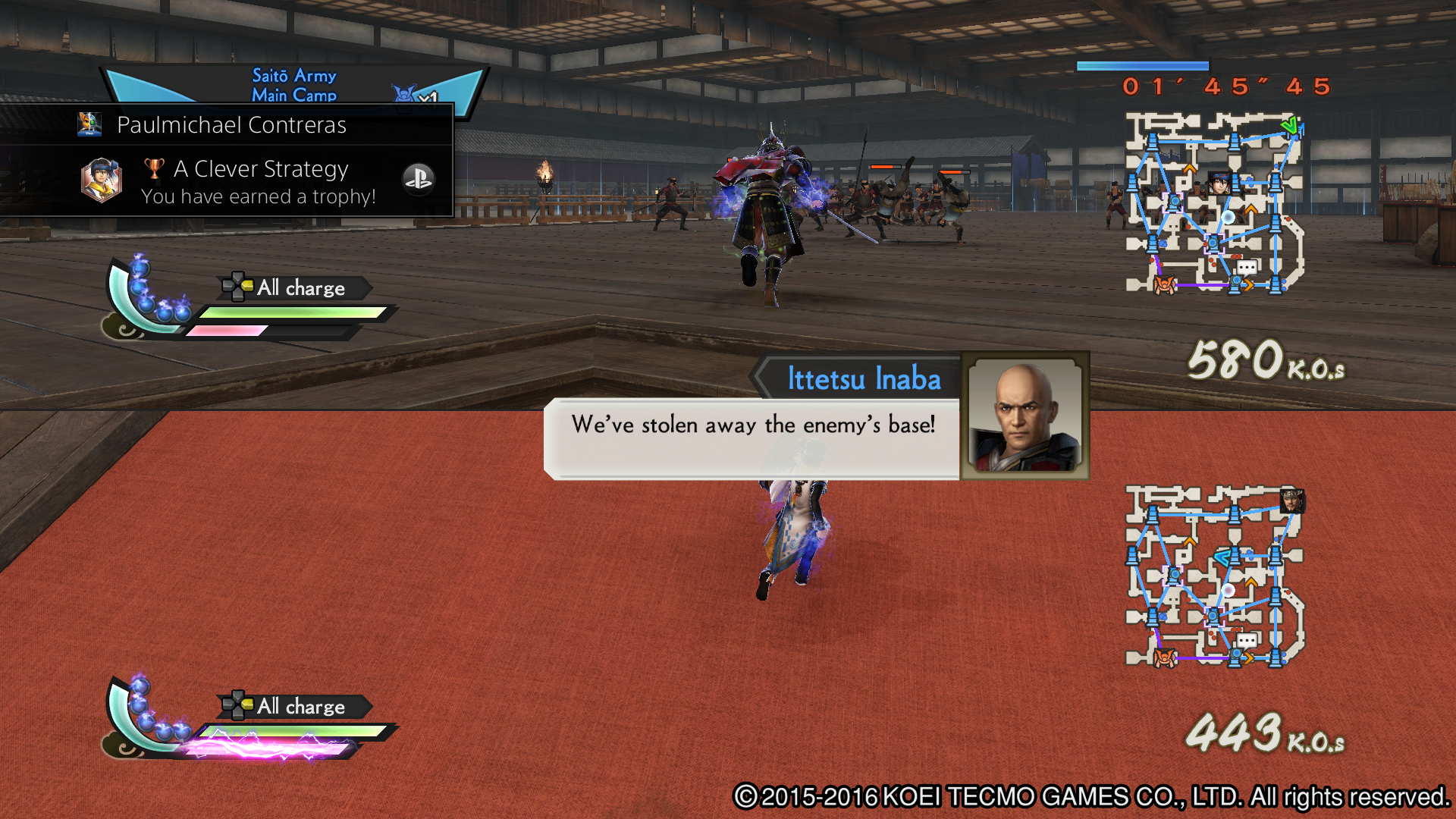
-
Samurai Warriors 4 Empires Review 36
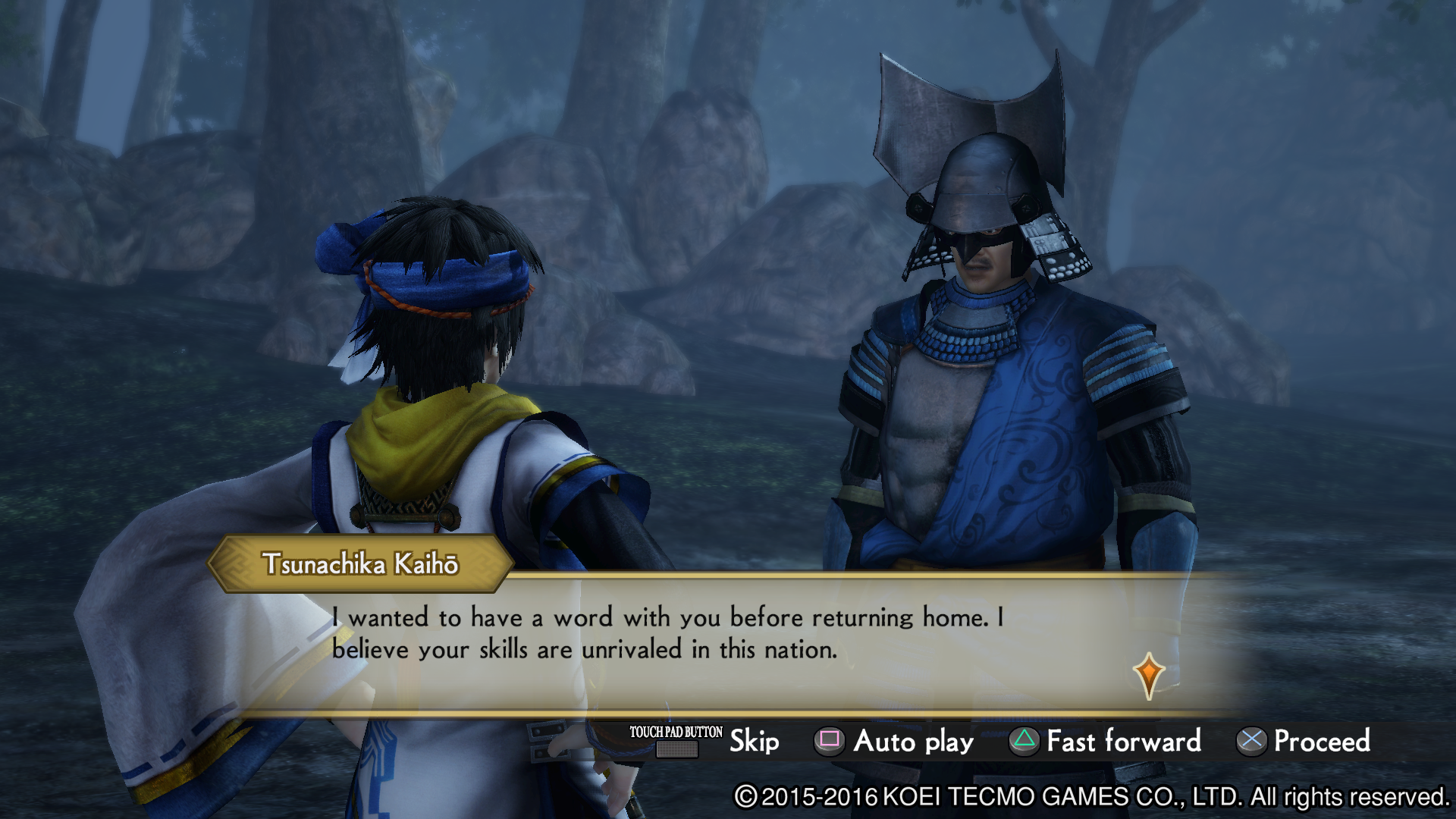
-
Samurai Warriors 4 Empires Review 37
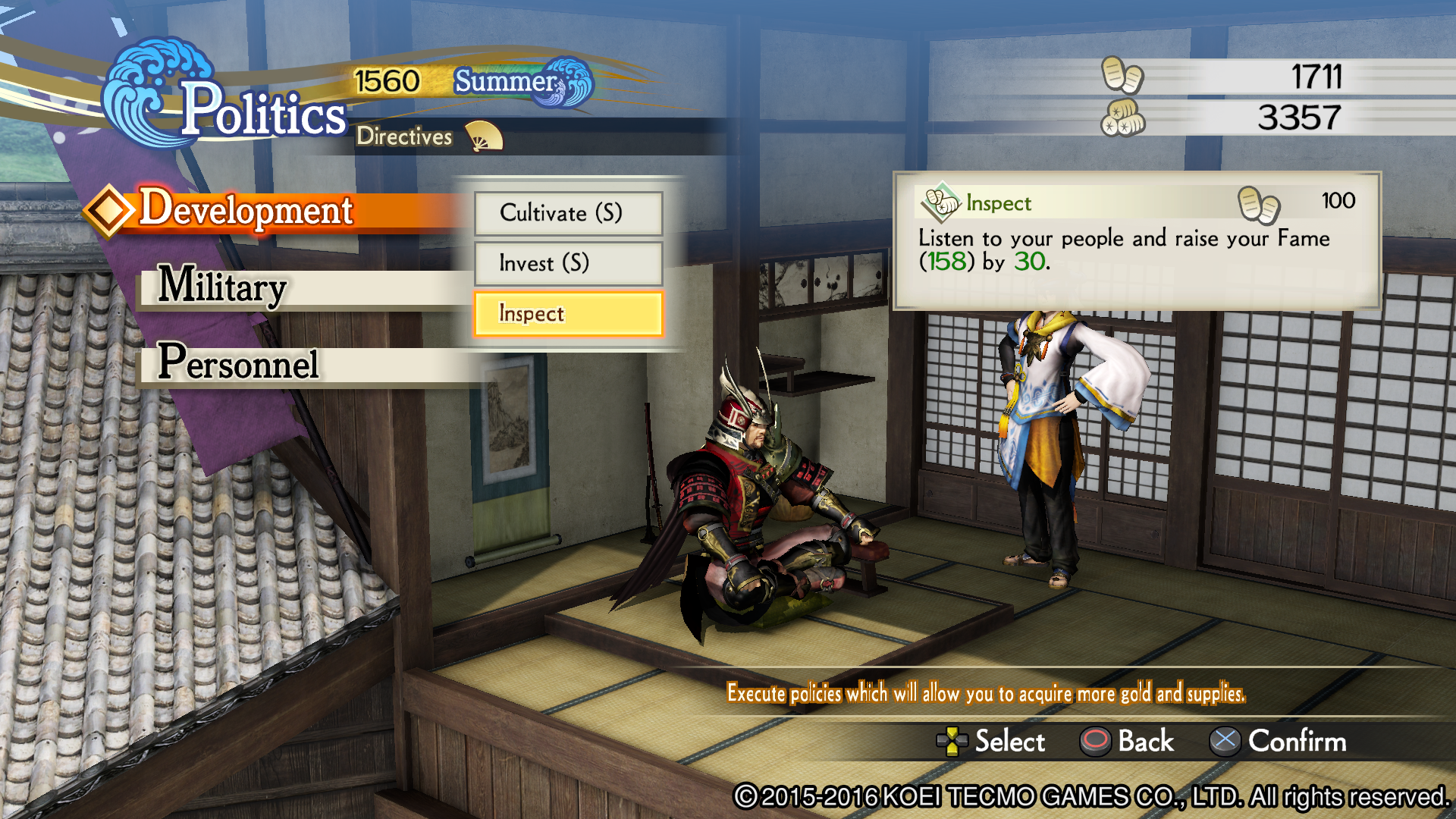
-
Samurai Warriors 4 Empires Review 38
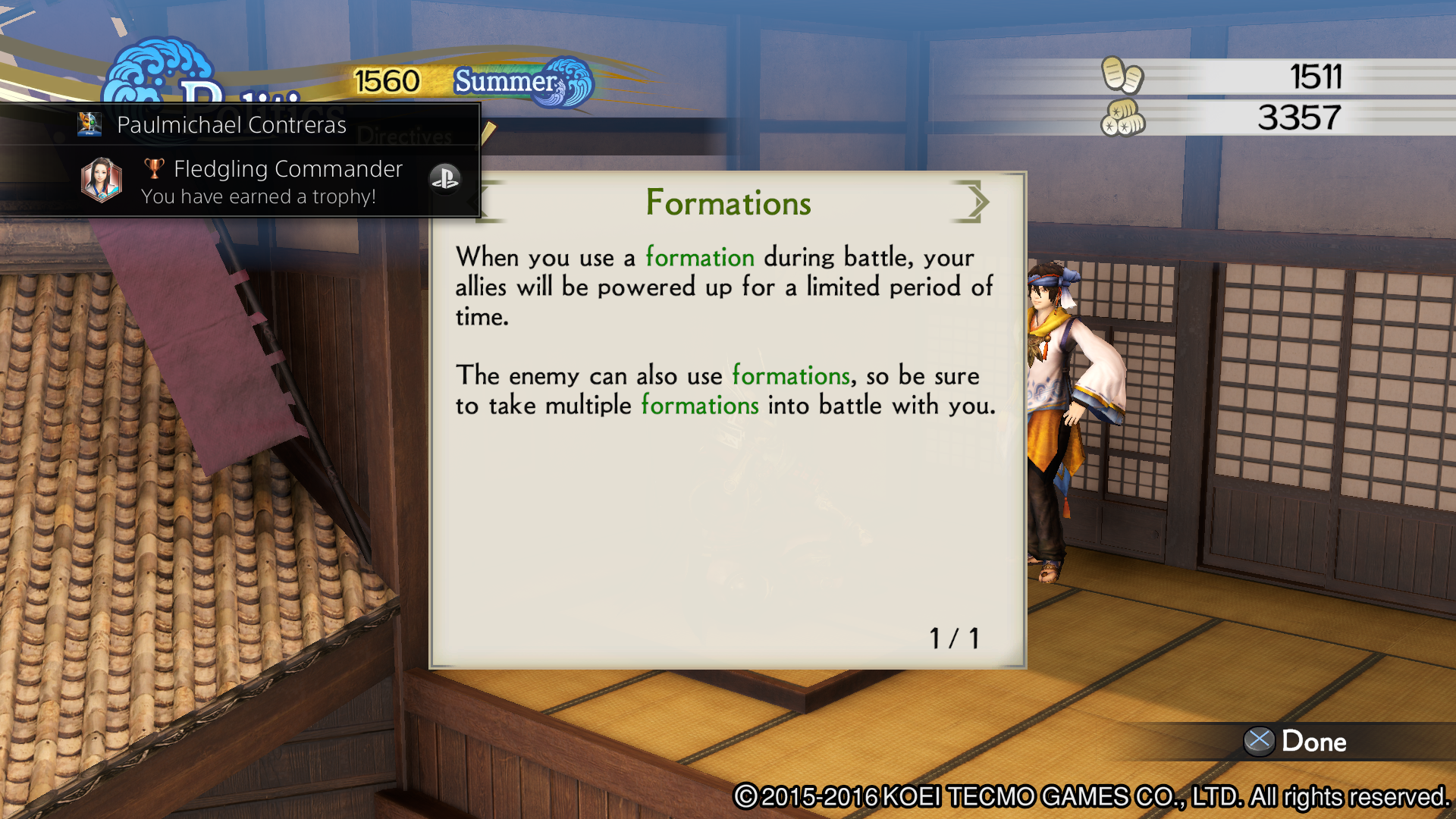
-
Samurai Warriors 4 Empires Review 39
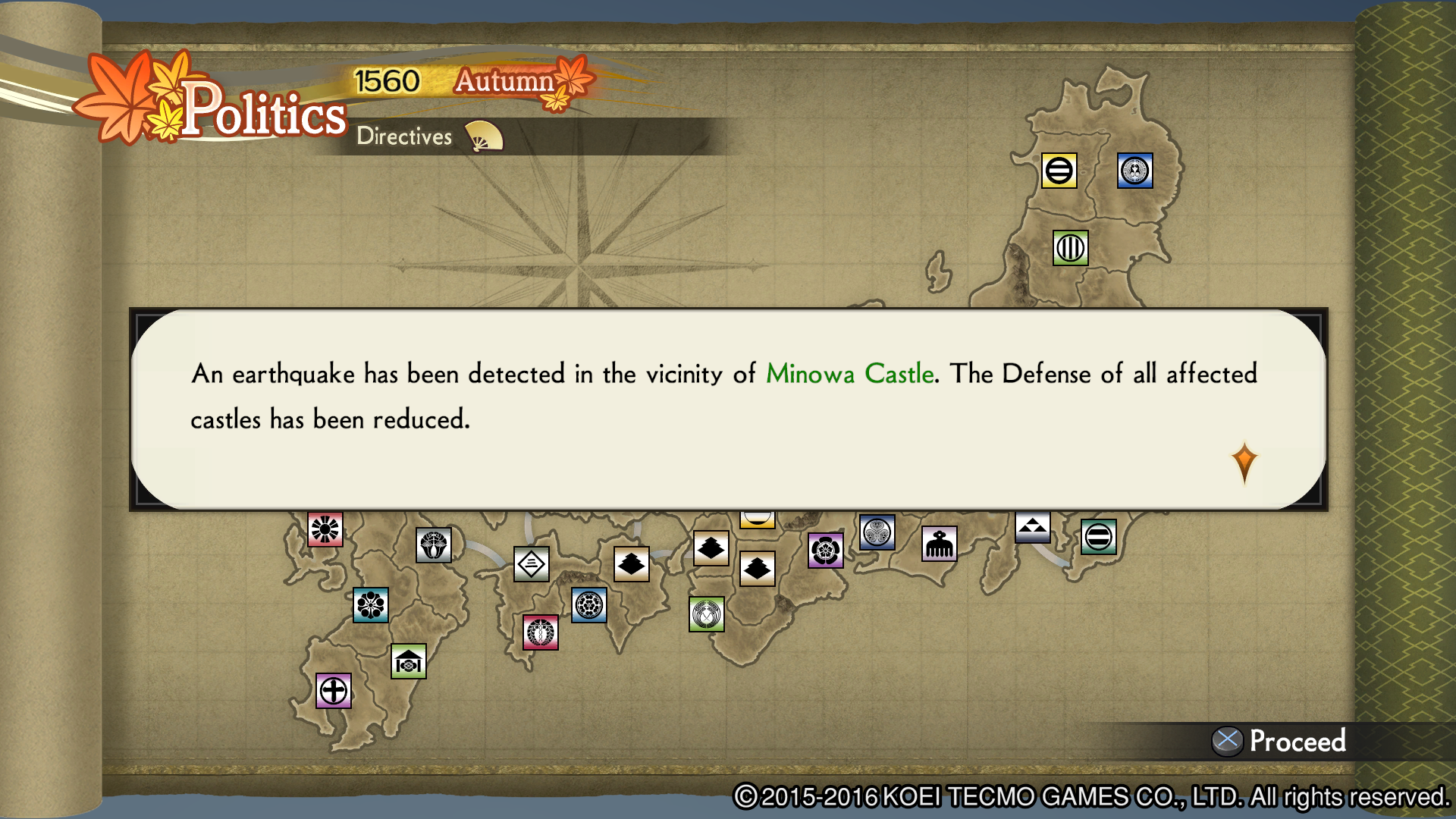
-
Samurai Warriors 4 Empires Review 40
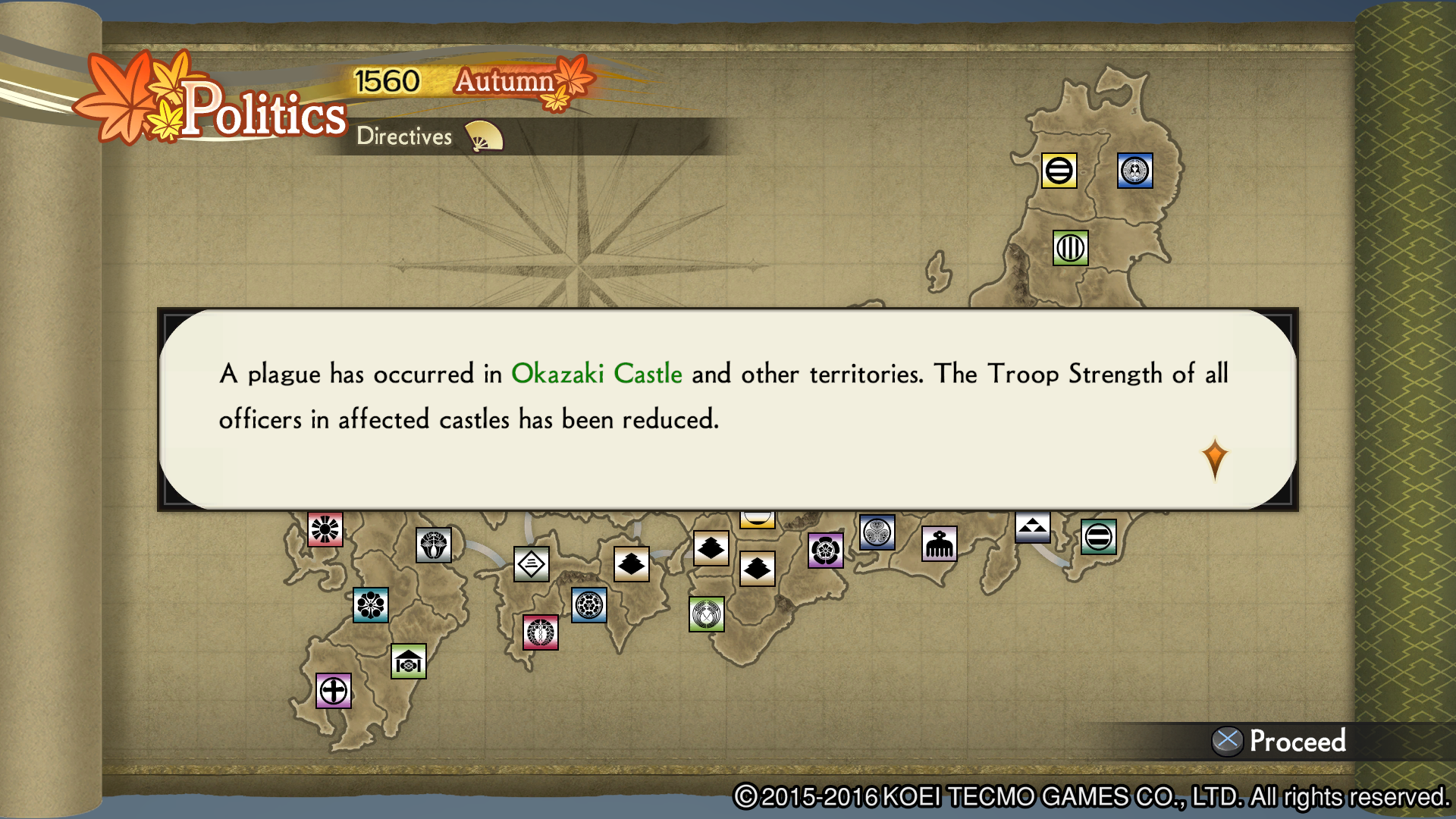
-
Samurai Warriors 4 Empires Review 41
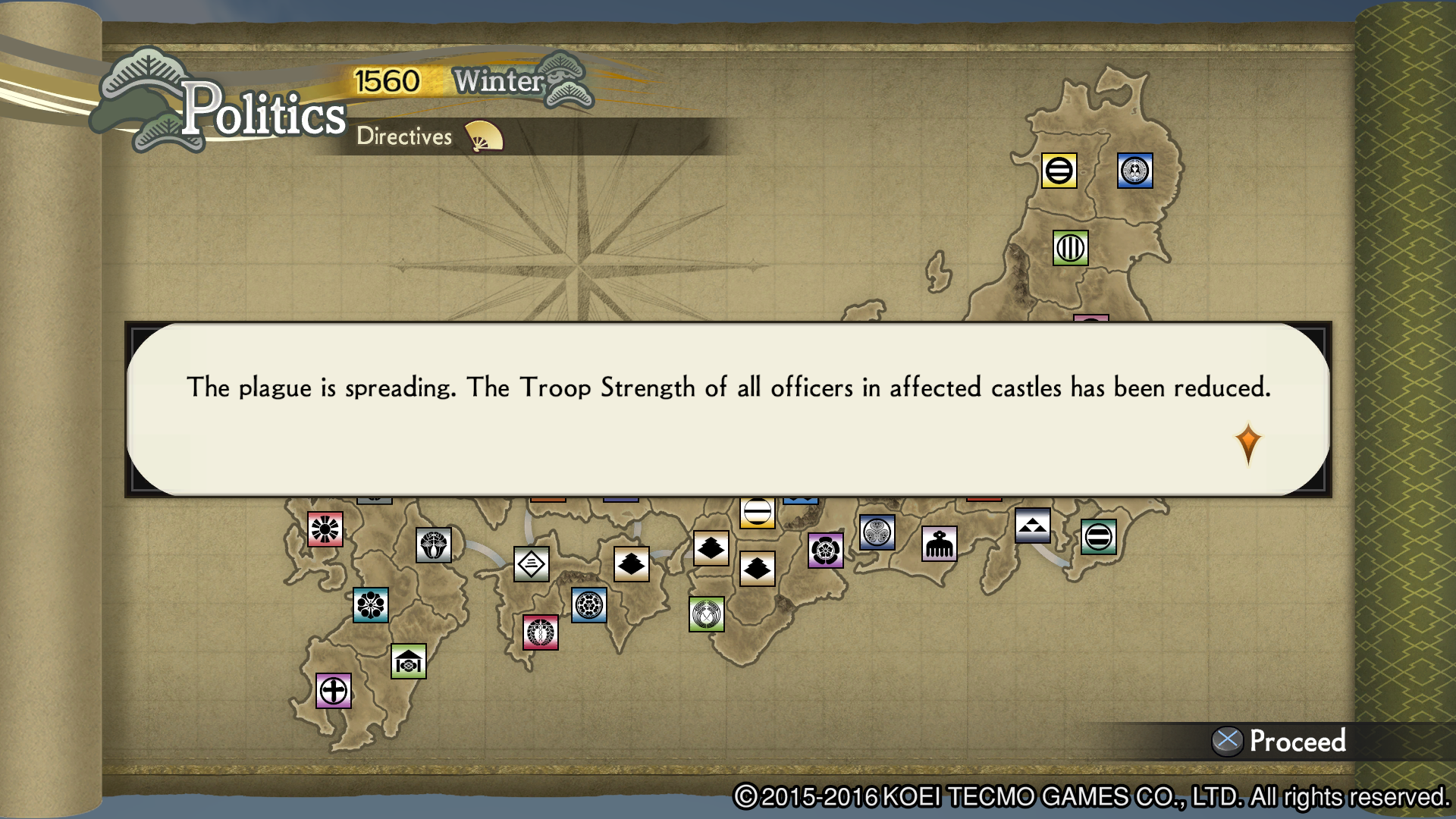
-
Samurai Warriors 4 Empires Review 42
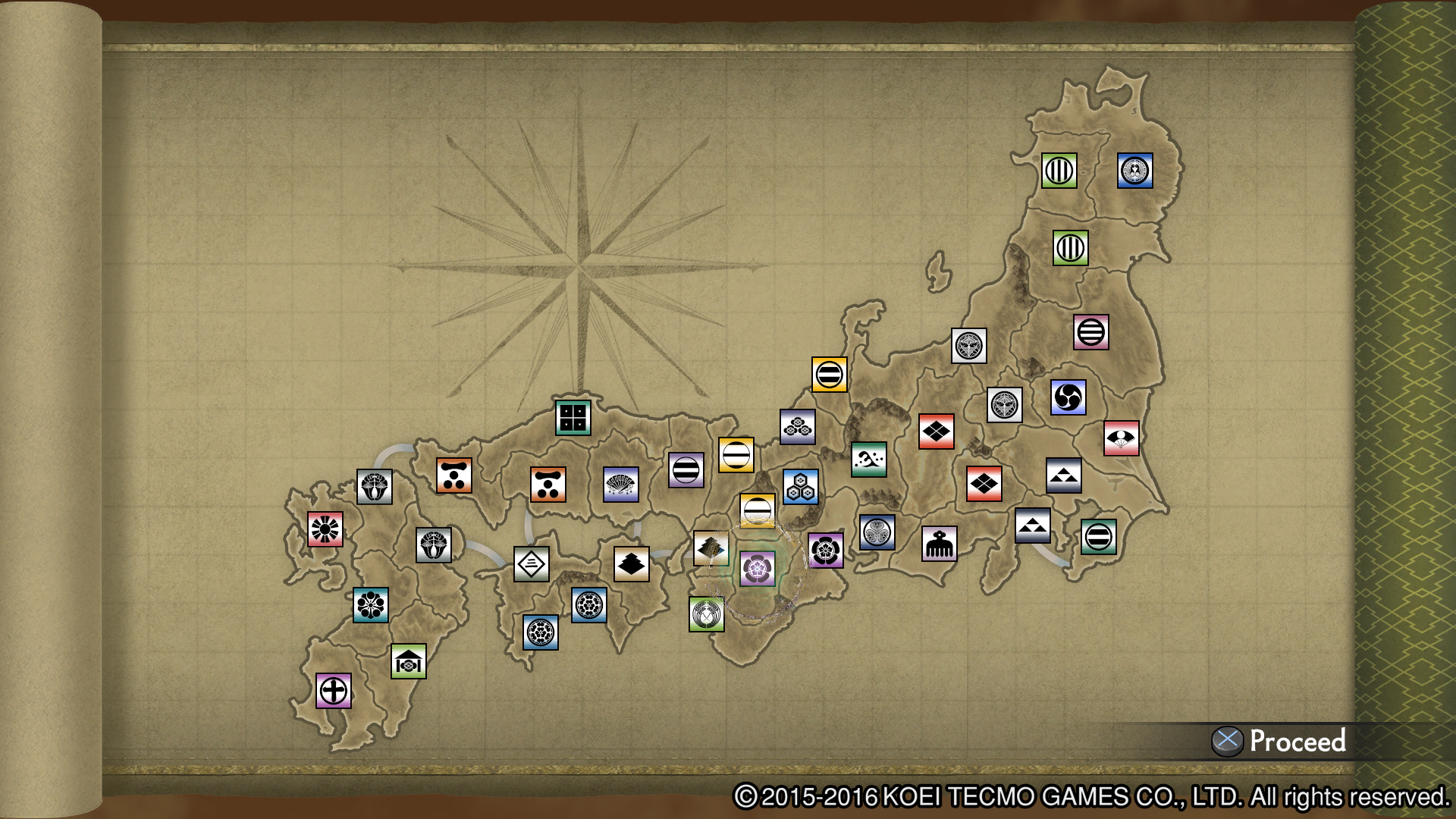
-
Samurai Warriors 4 Empires Review 43
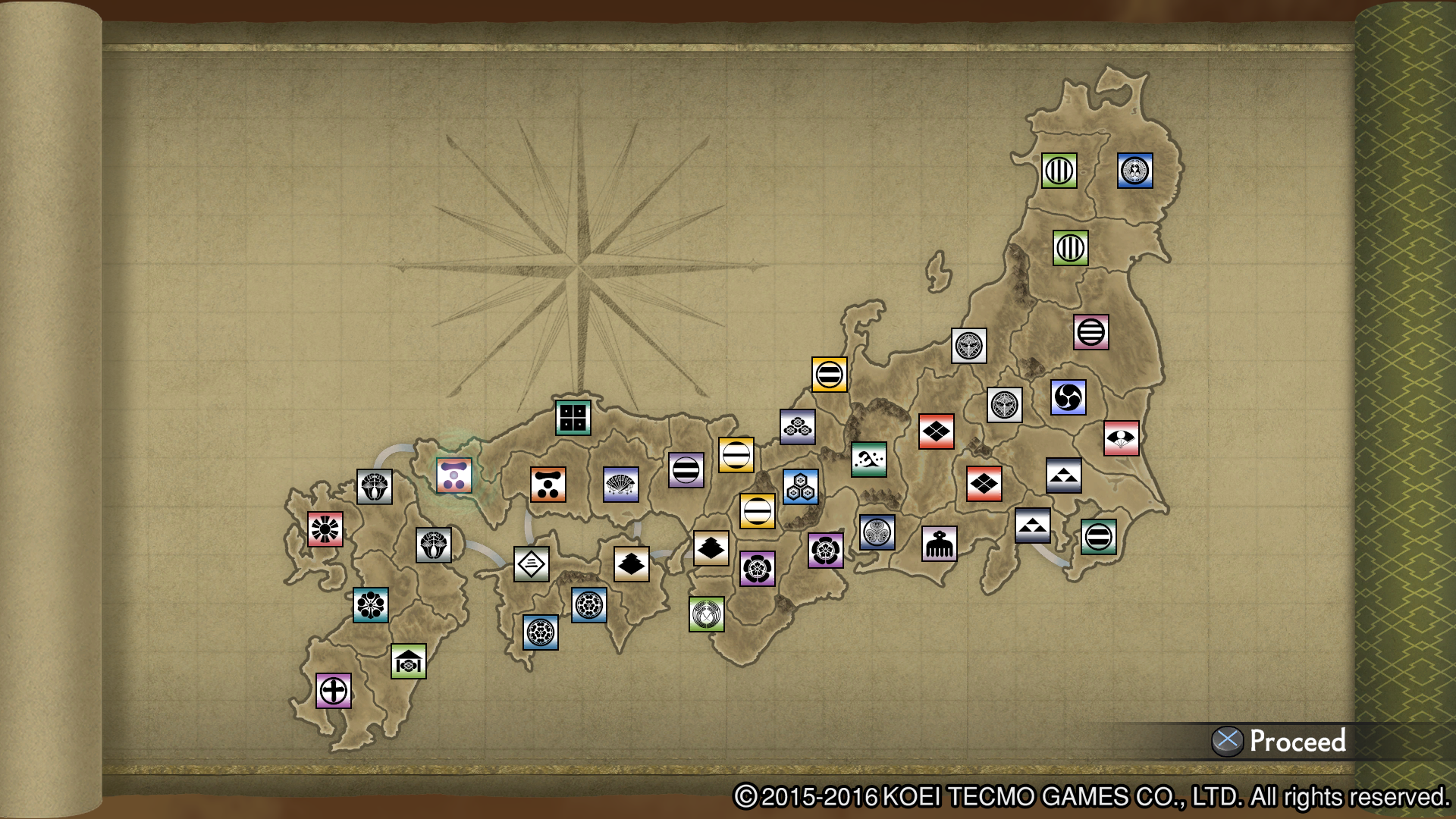
-
Samurai Warriors 4 Empires Review 44
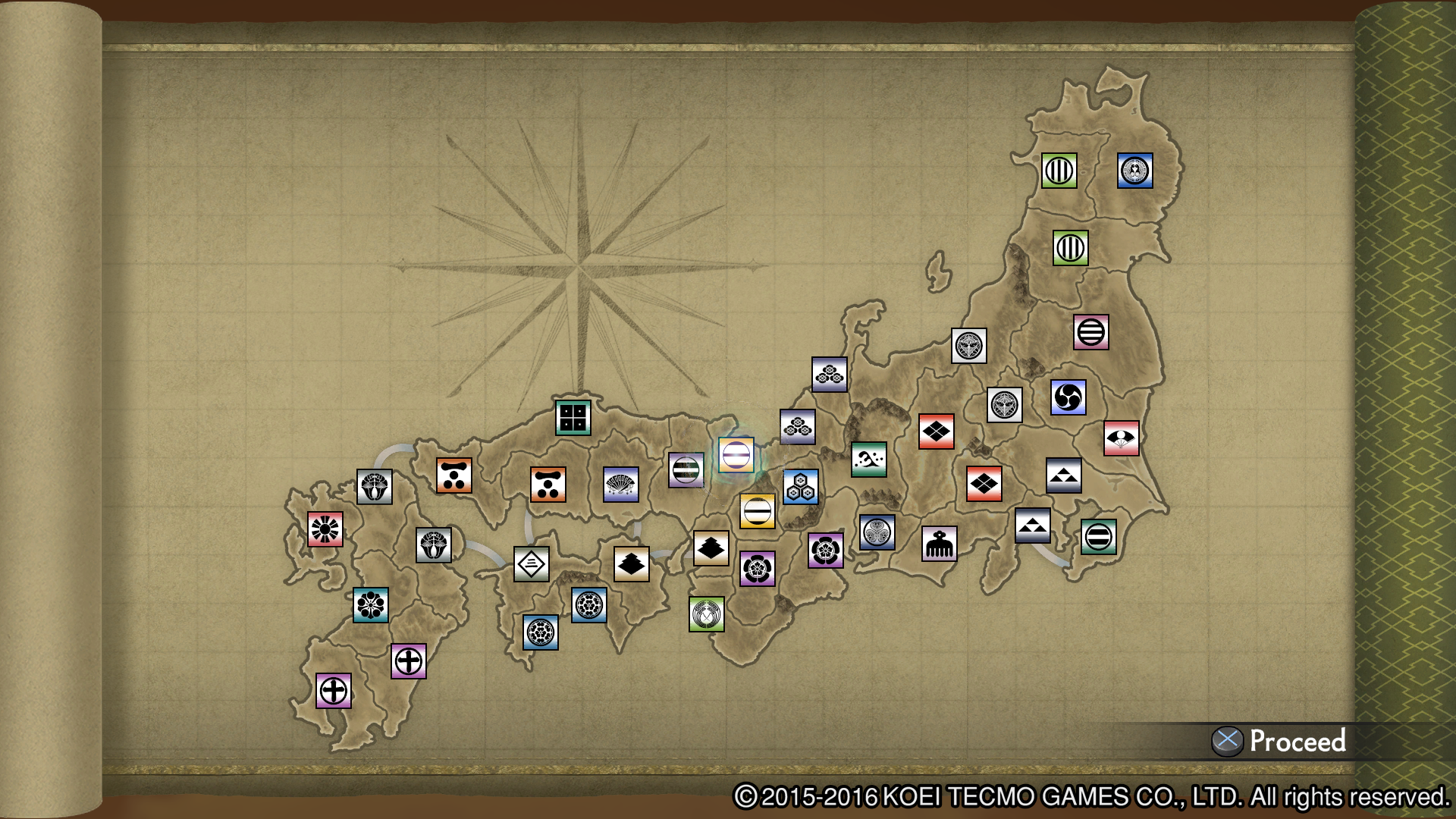
-
Samurai Warriors 4 Empires Review 45
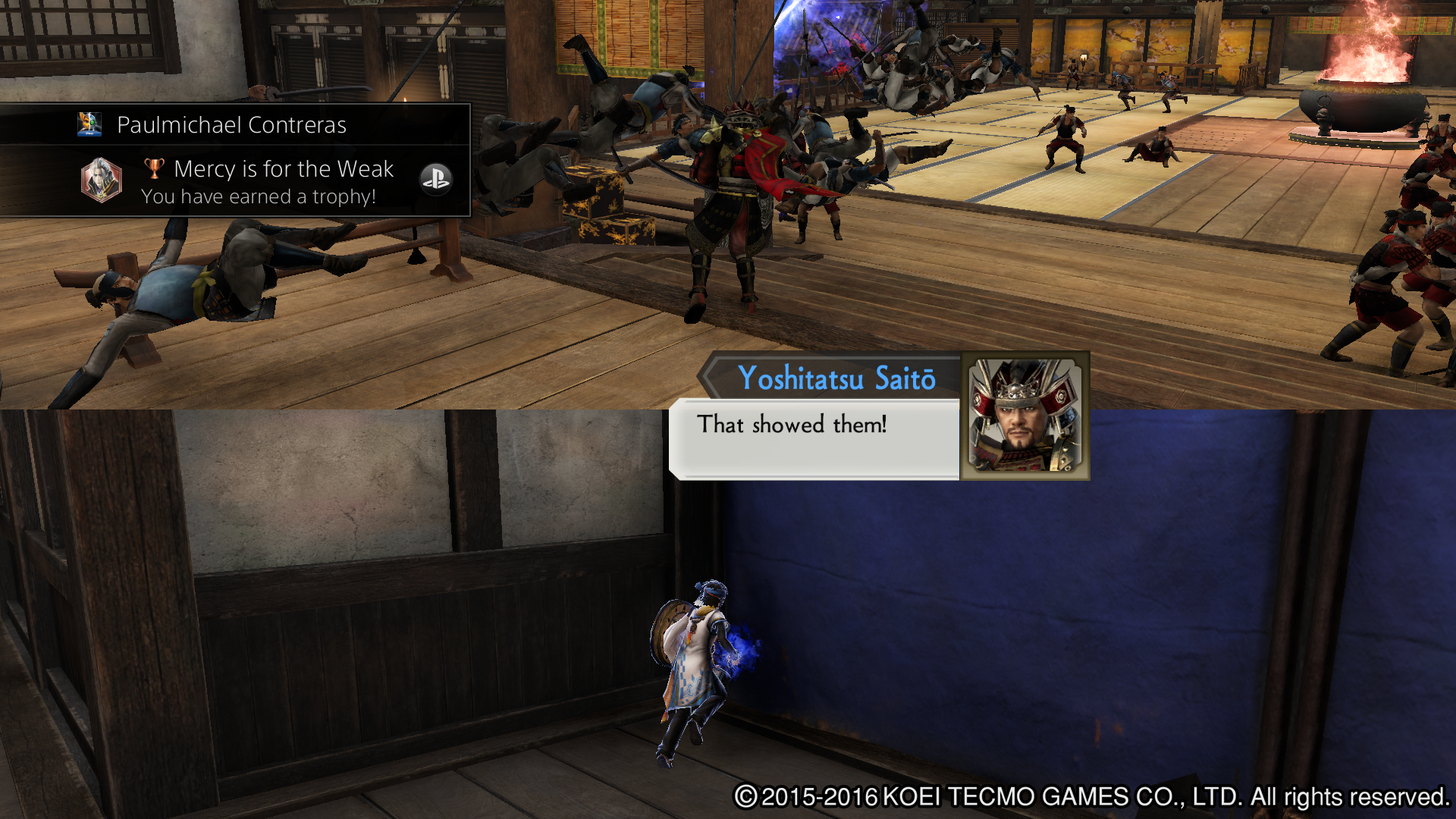
-
Samurai Warriors 4 Empires Review 46
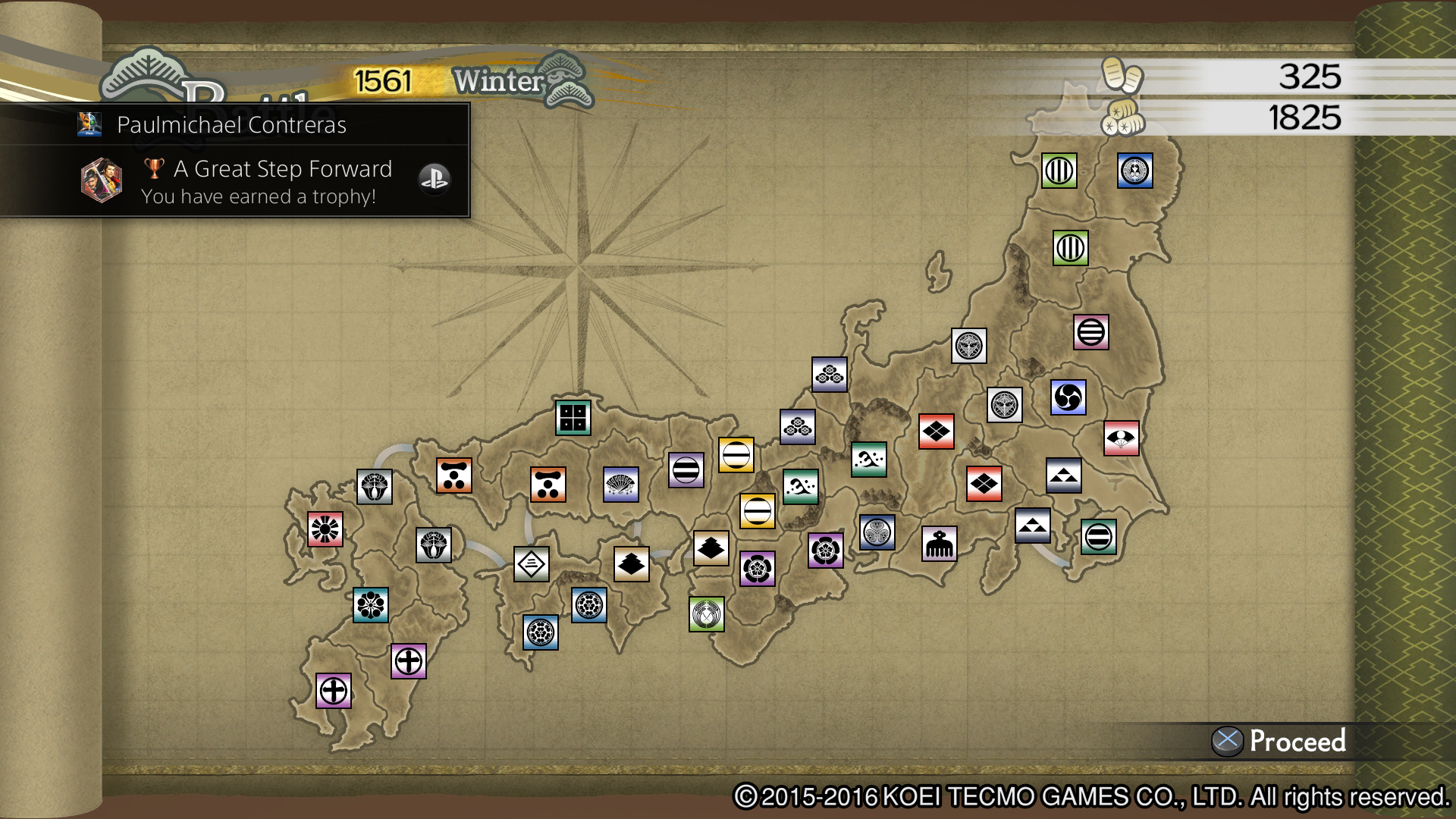
-
Samurai Warriors 4 Empires Review 47
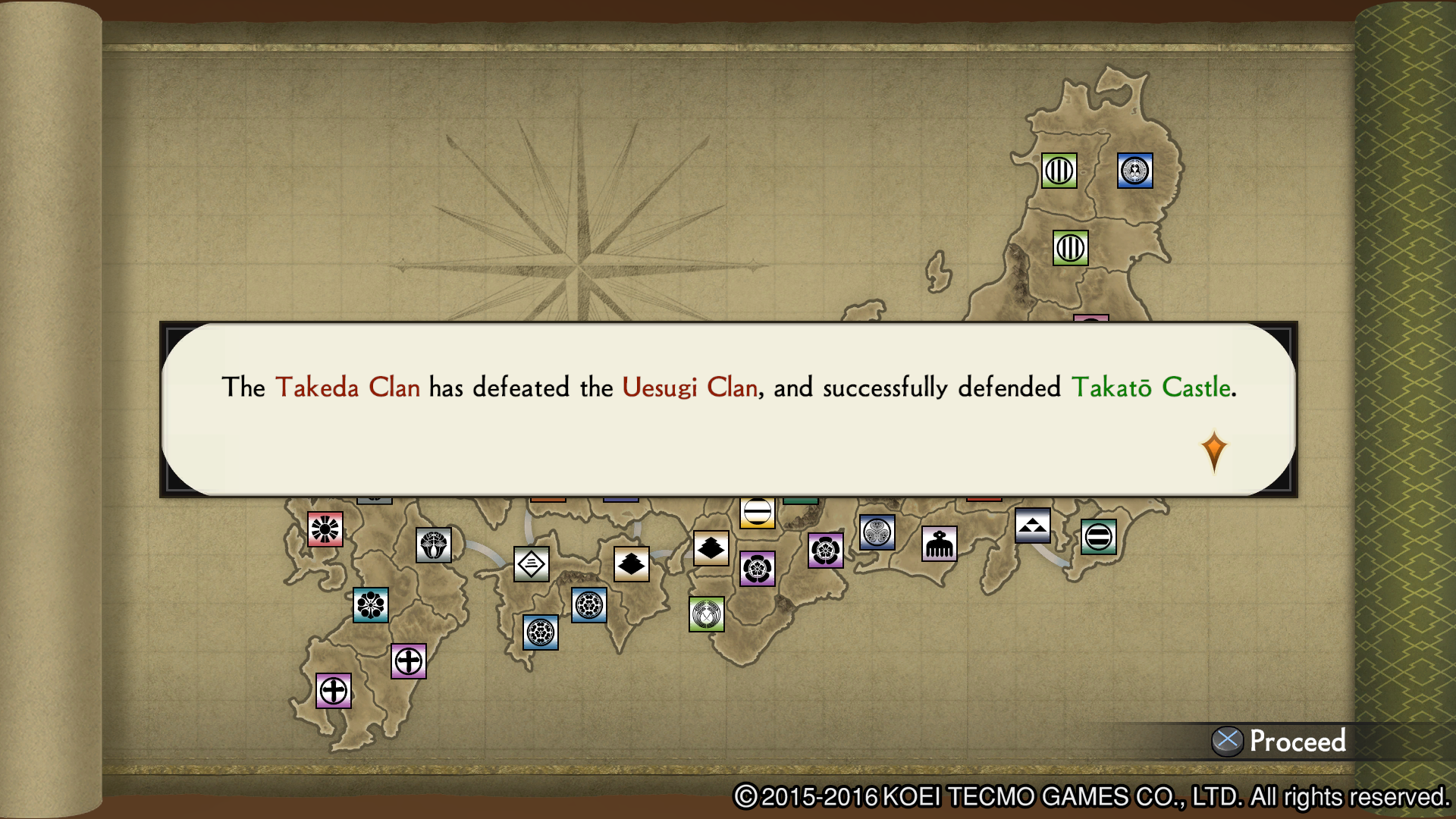
-
Samurai Warriors 4 Empires Review 48
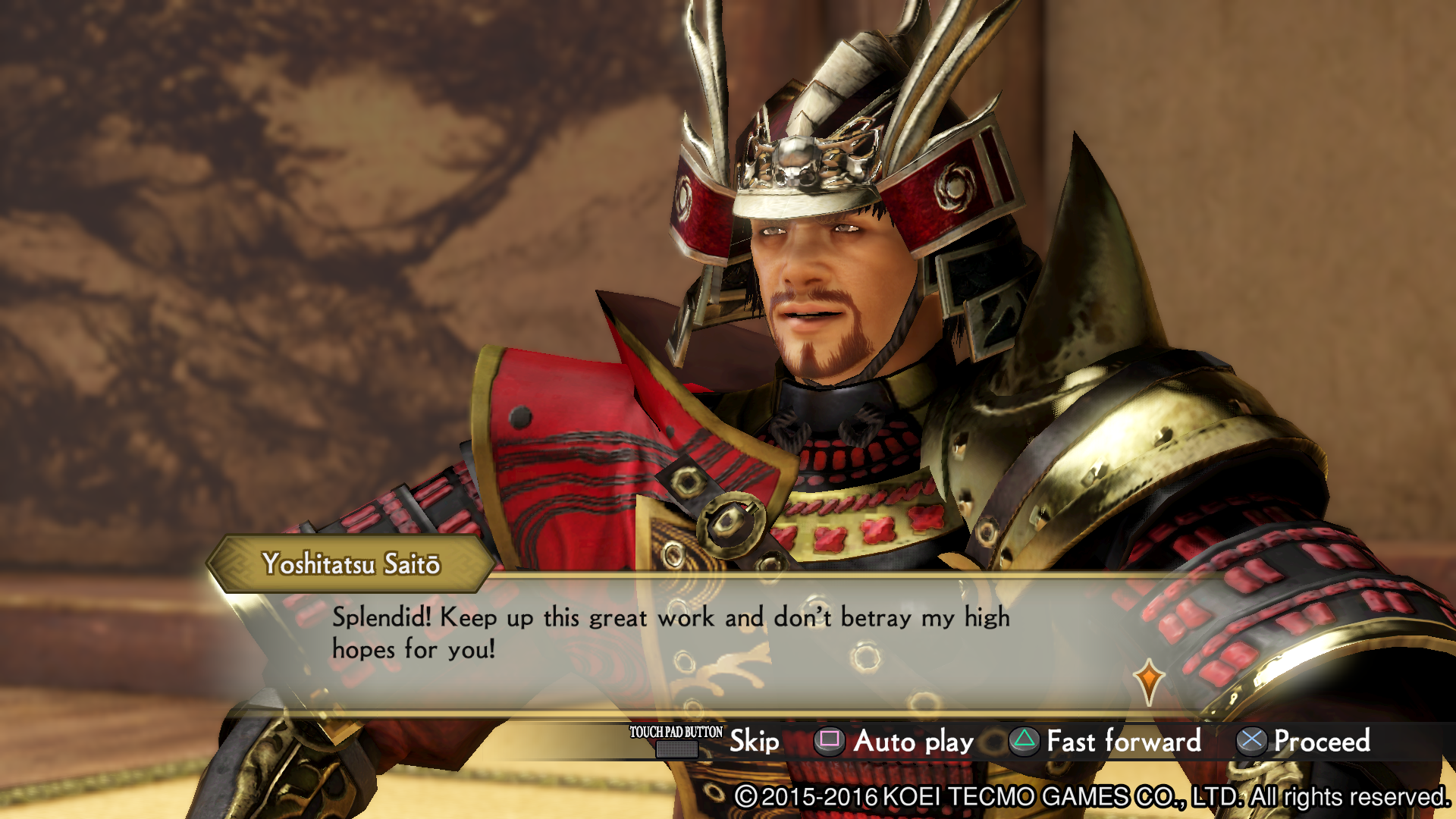
-
Samurai Warriors 4 Empires Review 49
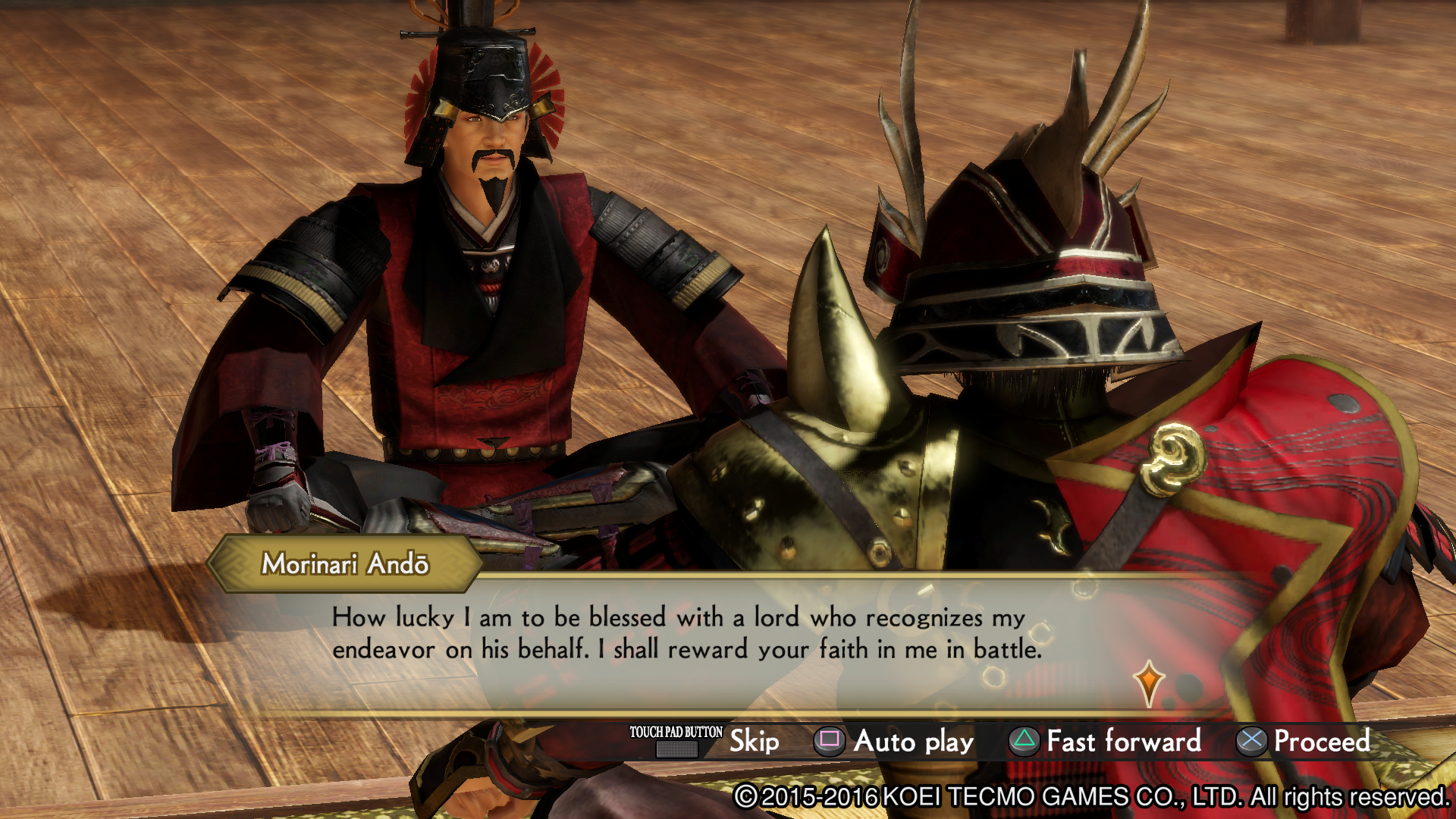
-
Samurai Warriors 4 Empires Review 50
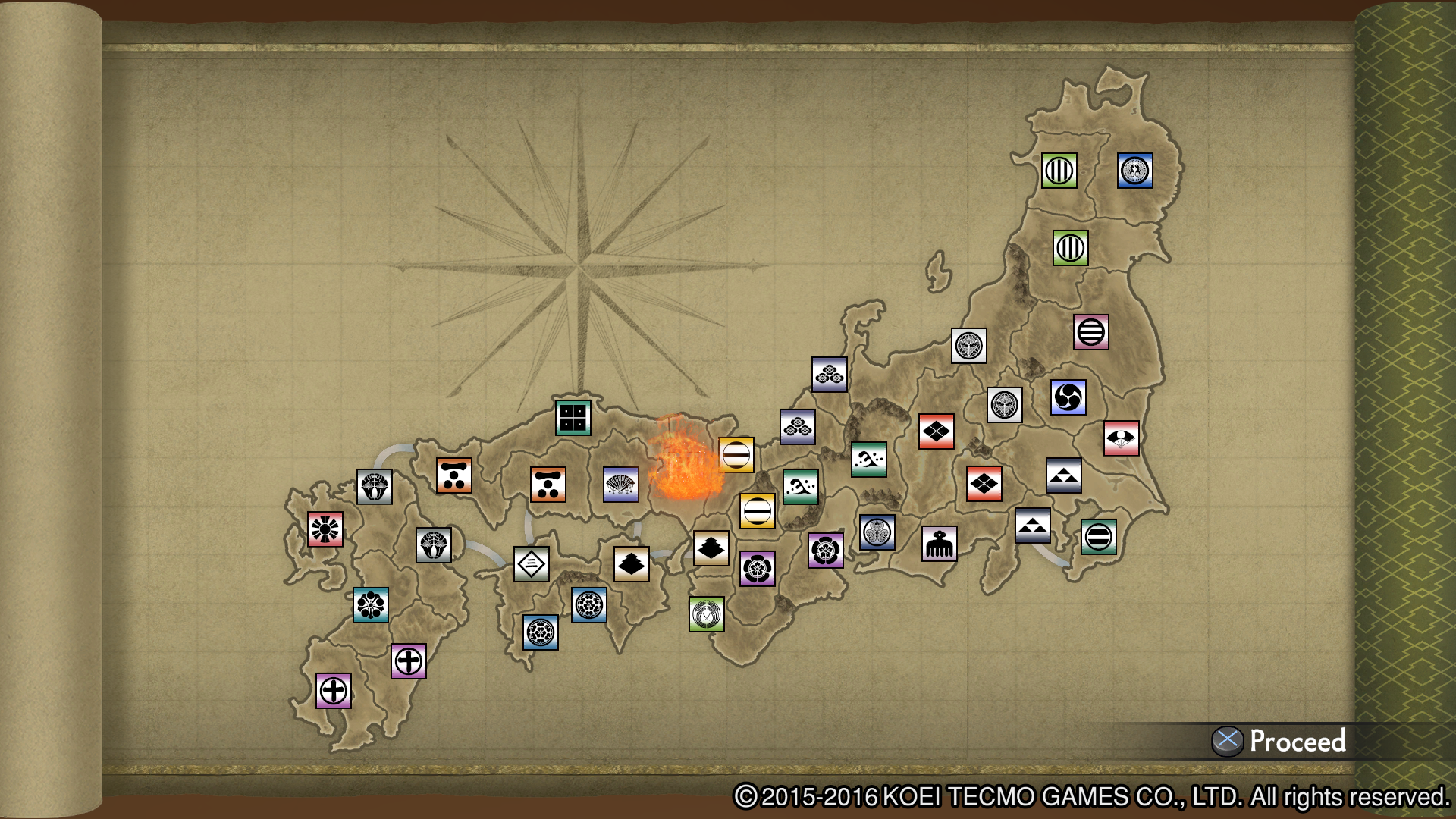
-
Samurai Warriors 4 Empires Review 53
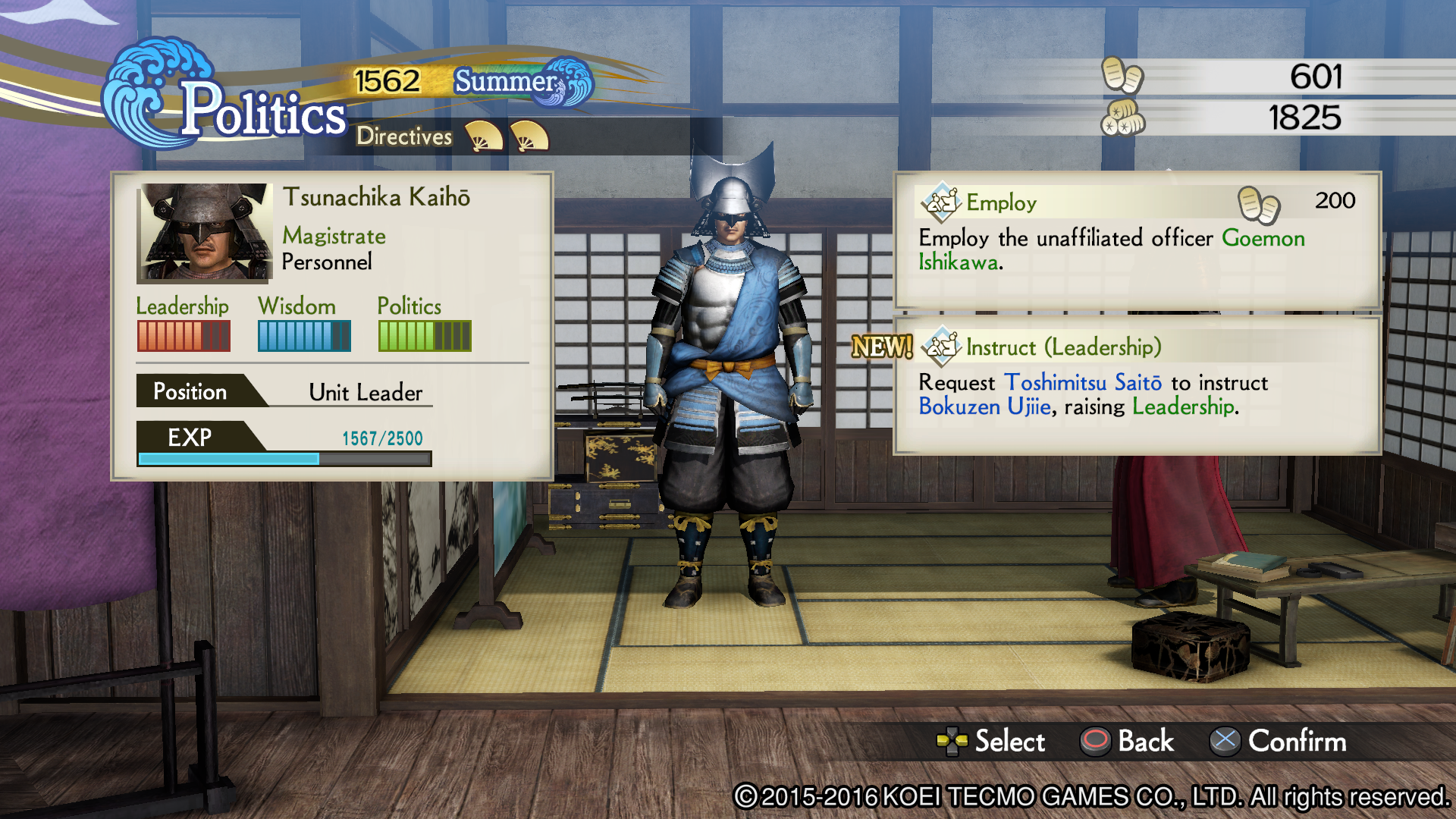
-
Samurai Warriors 4 Empires Review 54
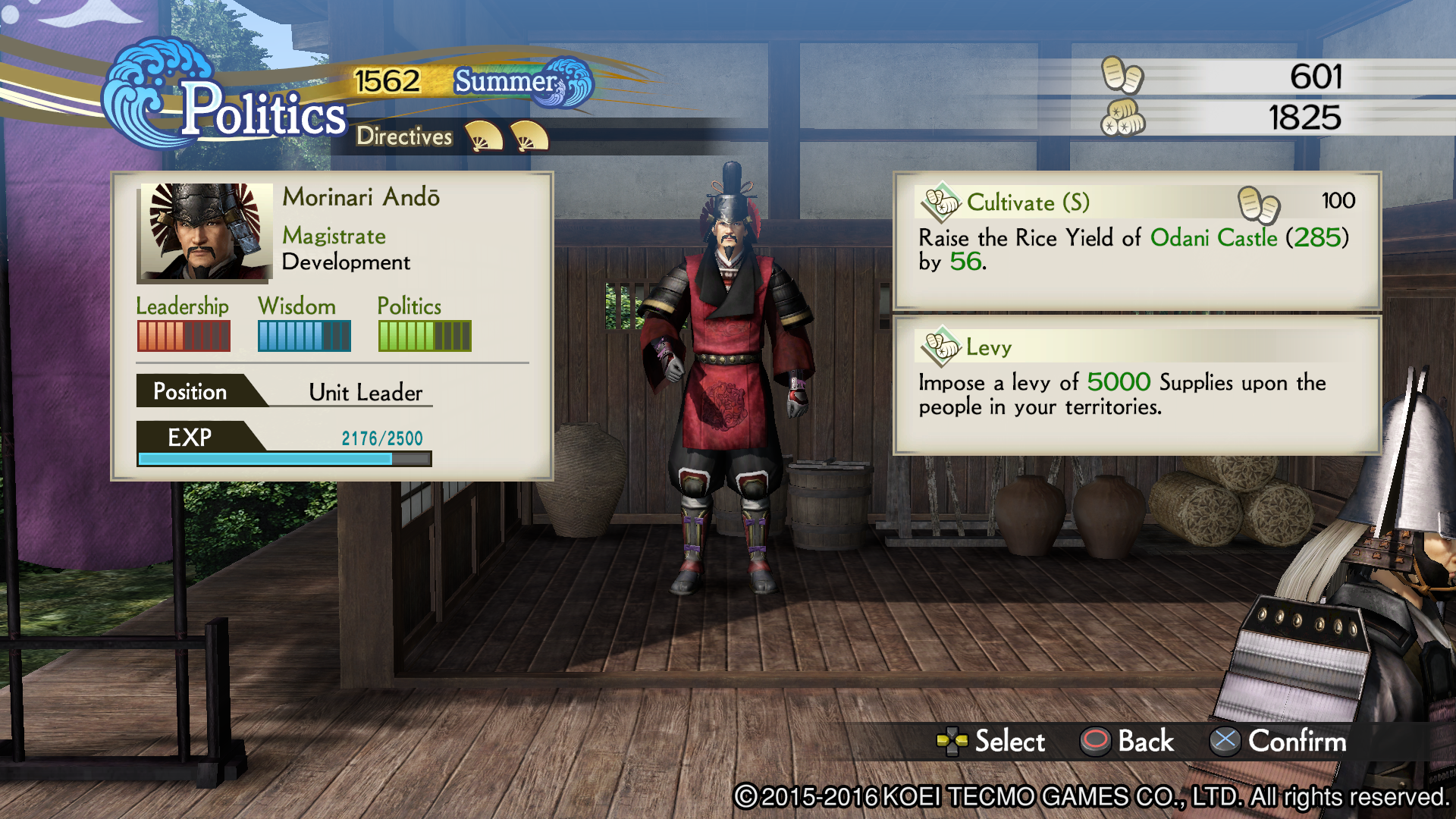
-
Samurai Warriors 4 Empires Review 85
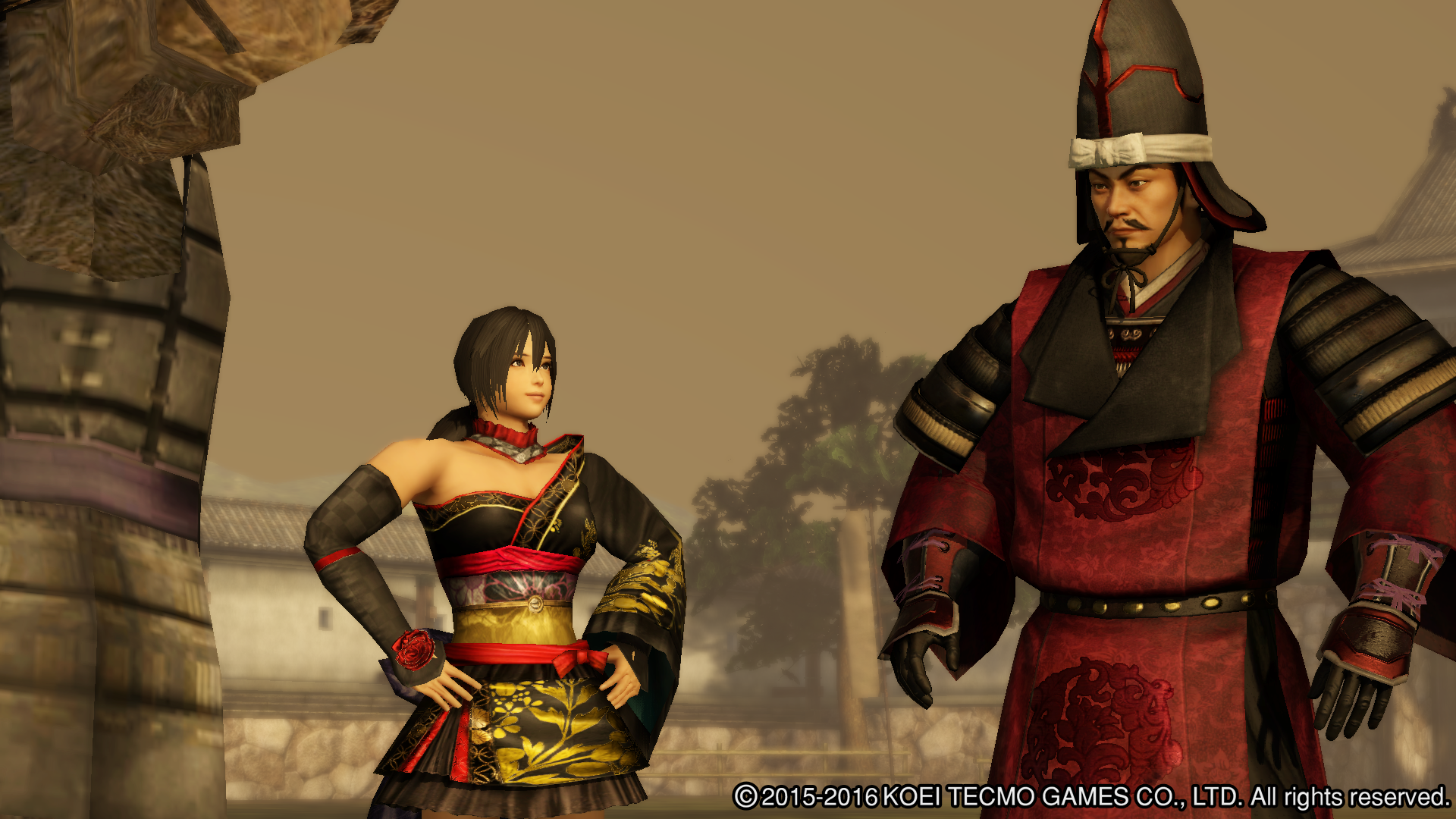
-
Samurai Warriors 4 Empires Review 86
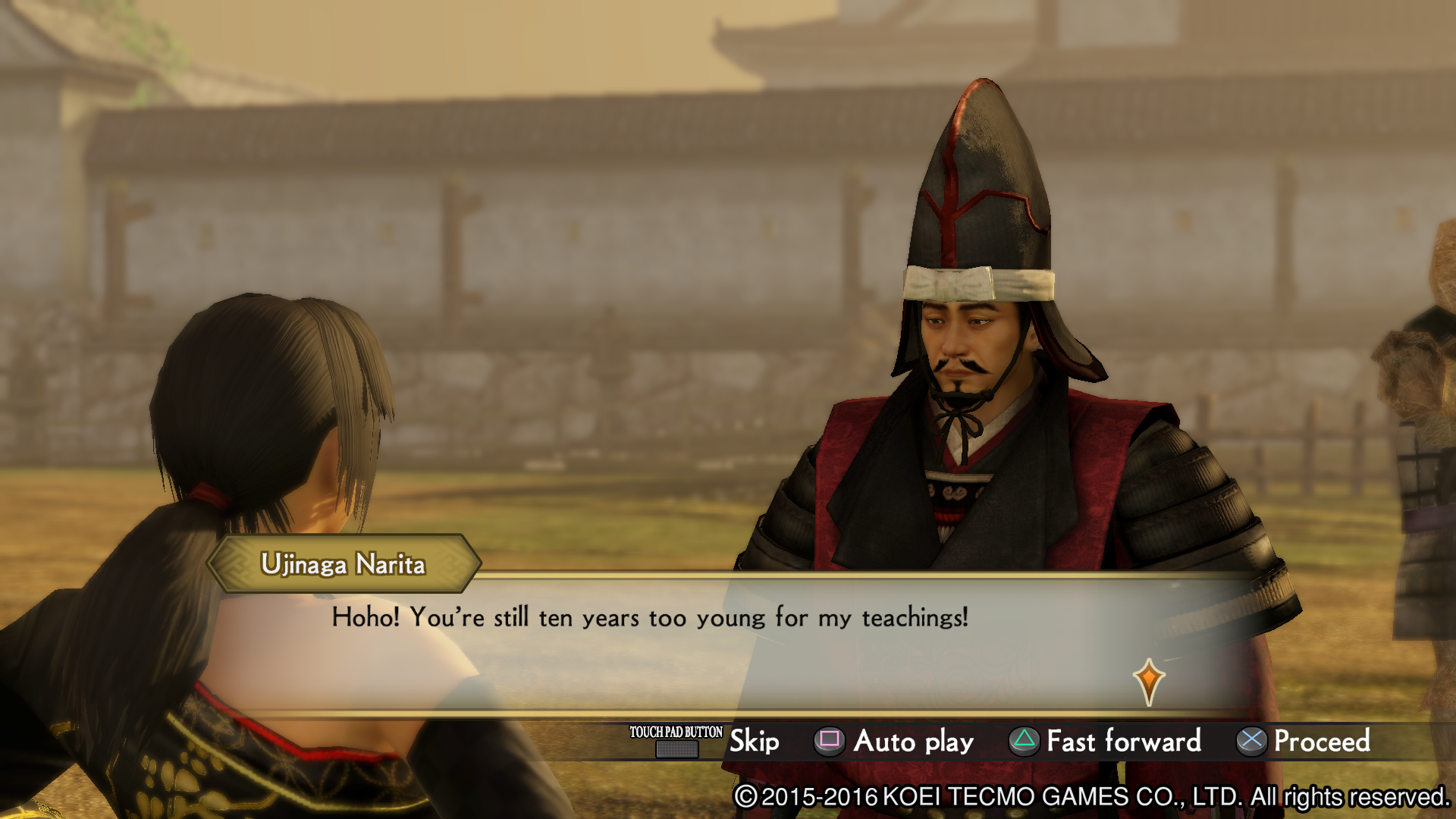
-
Samurai Warriors 4 Empires Review 87
